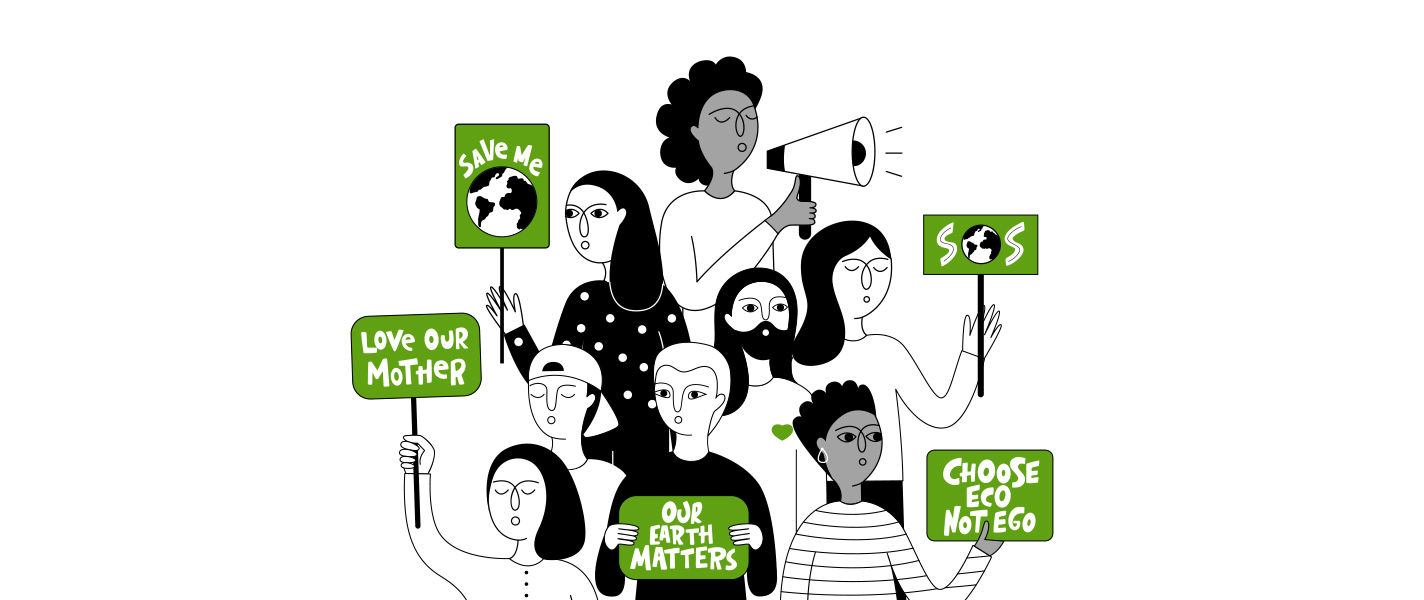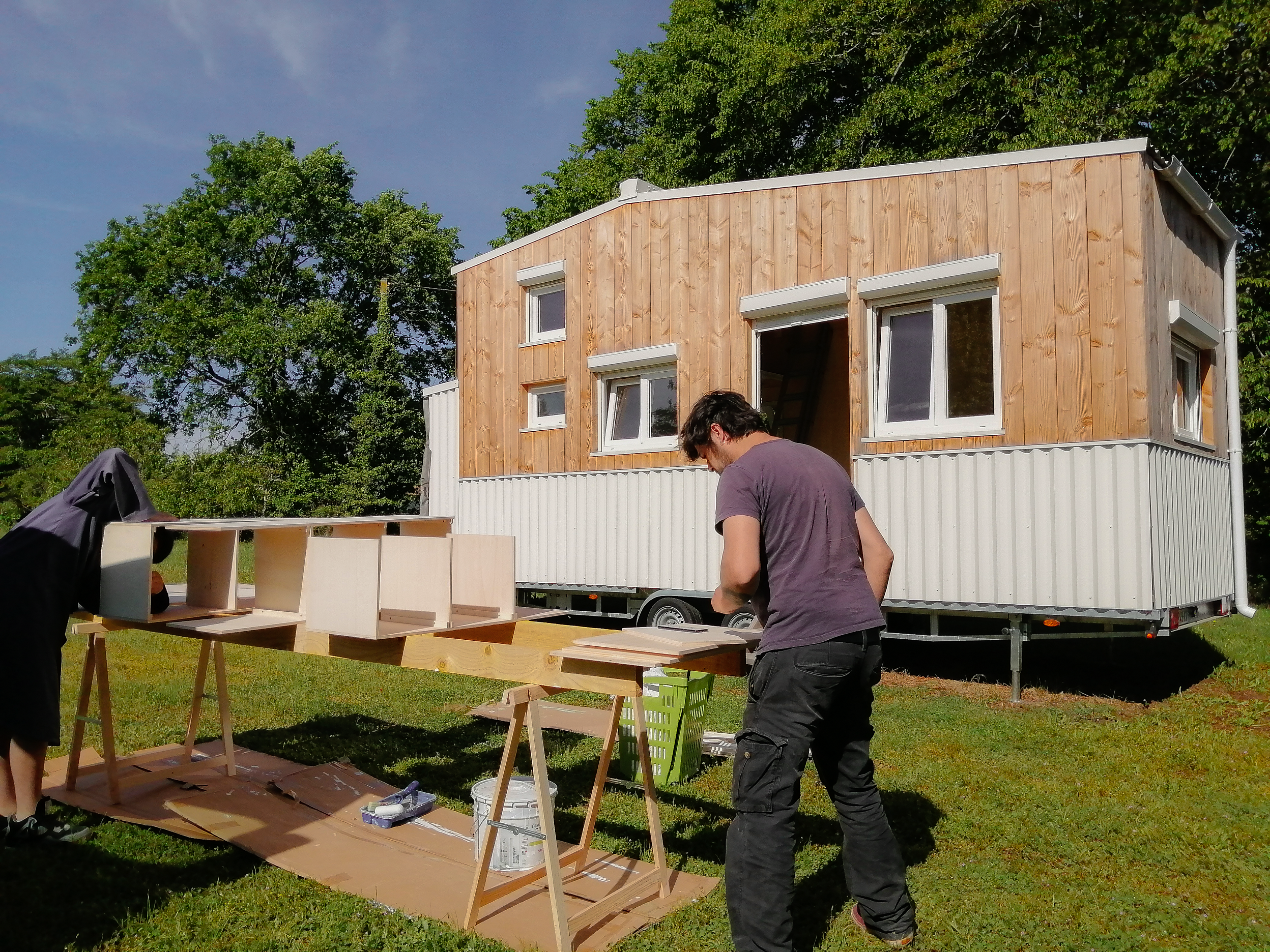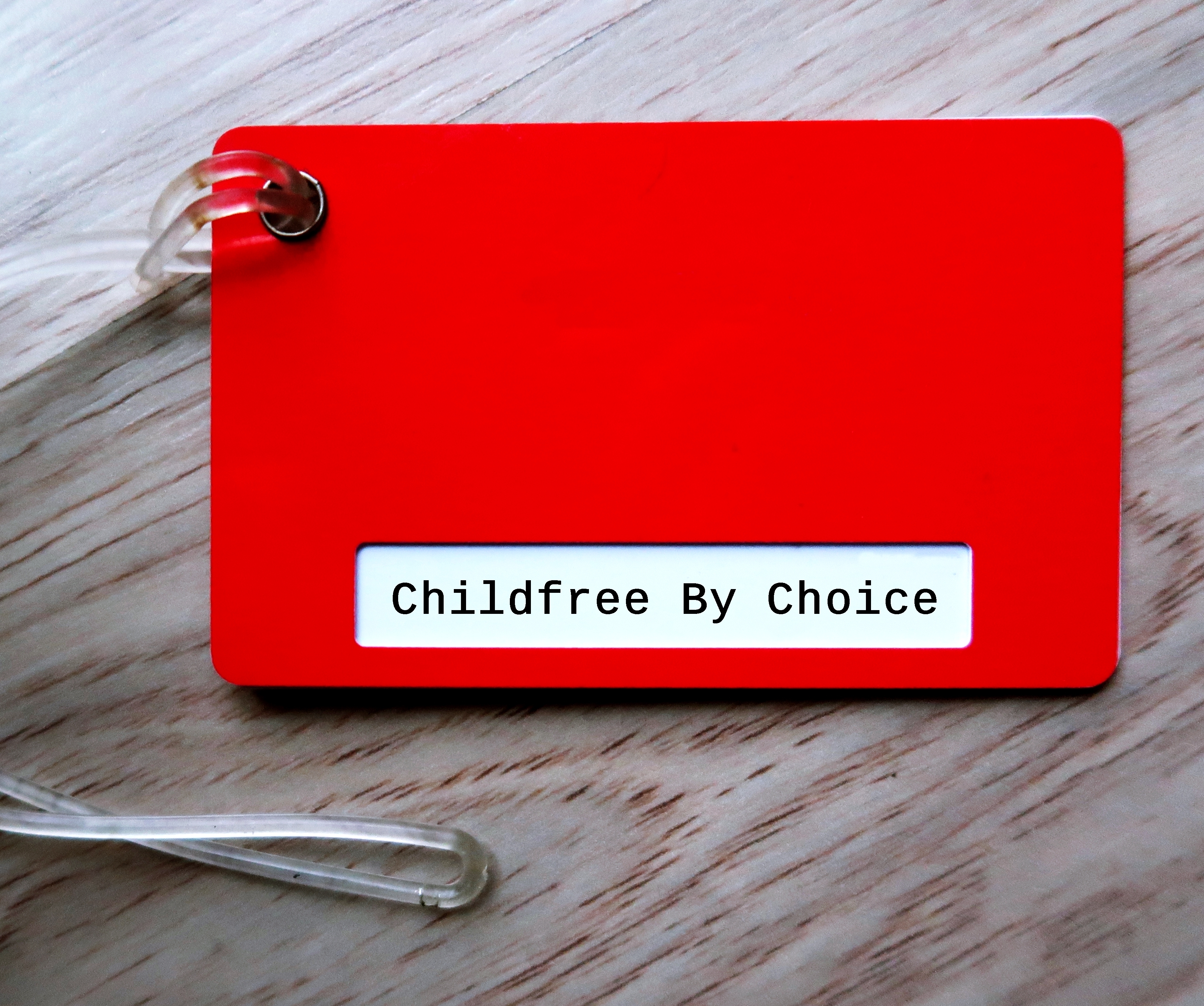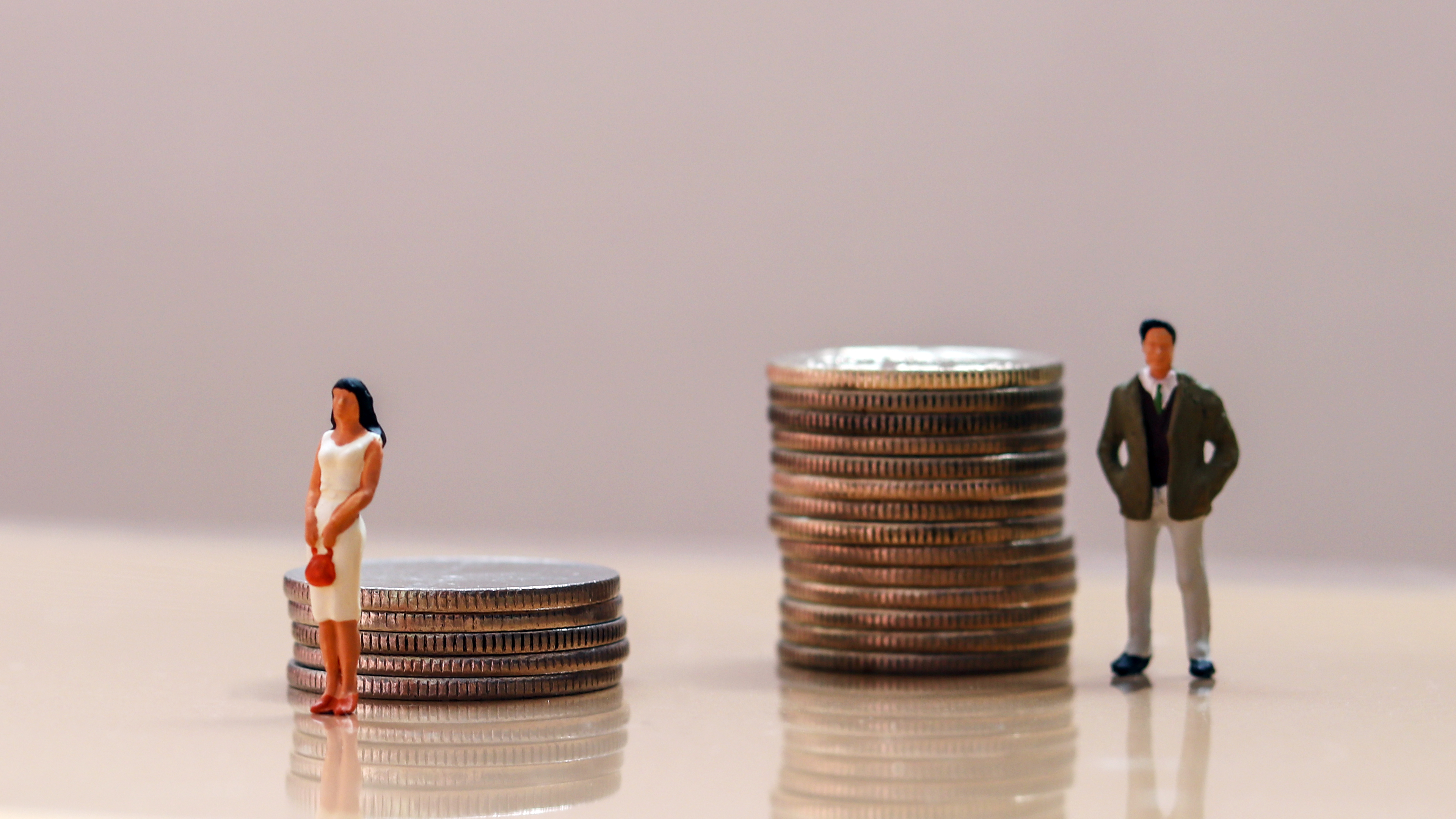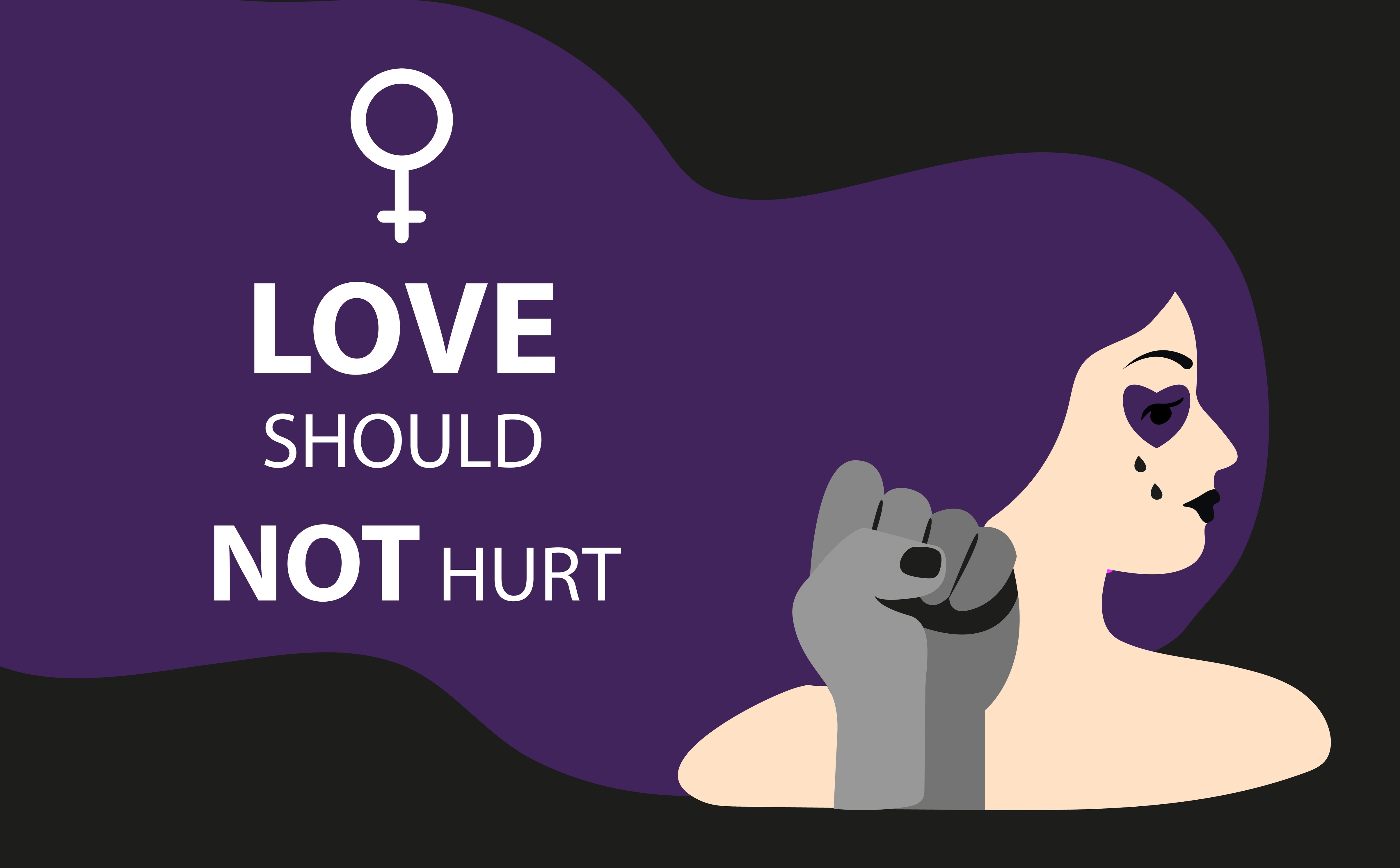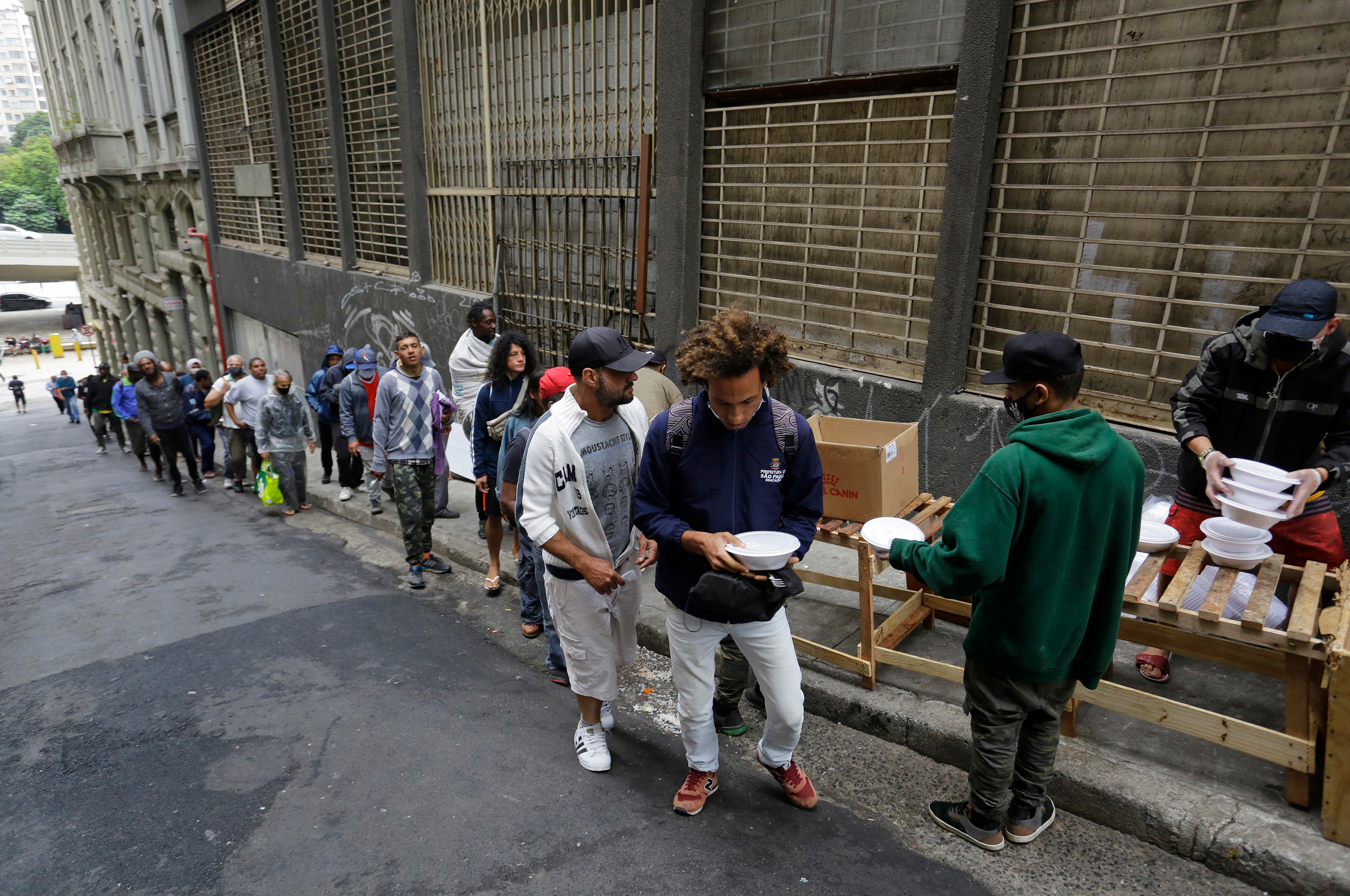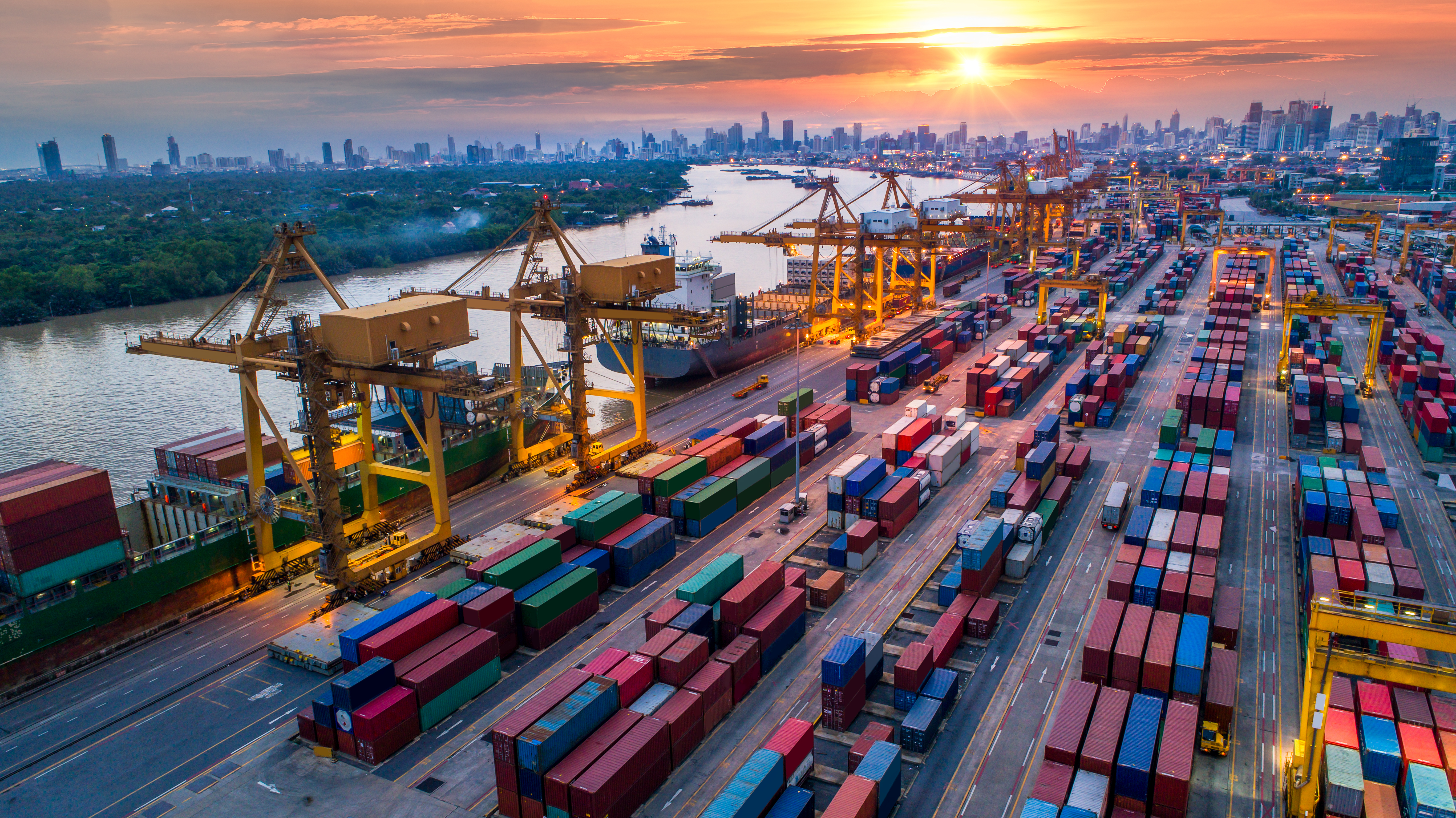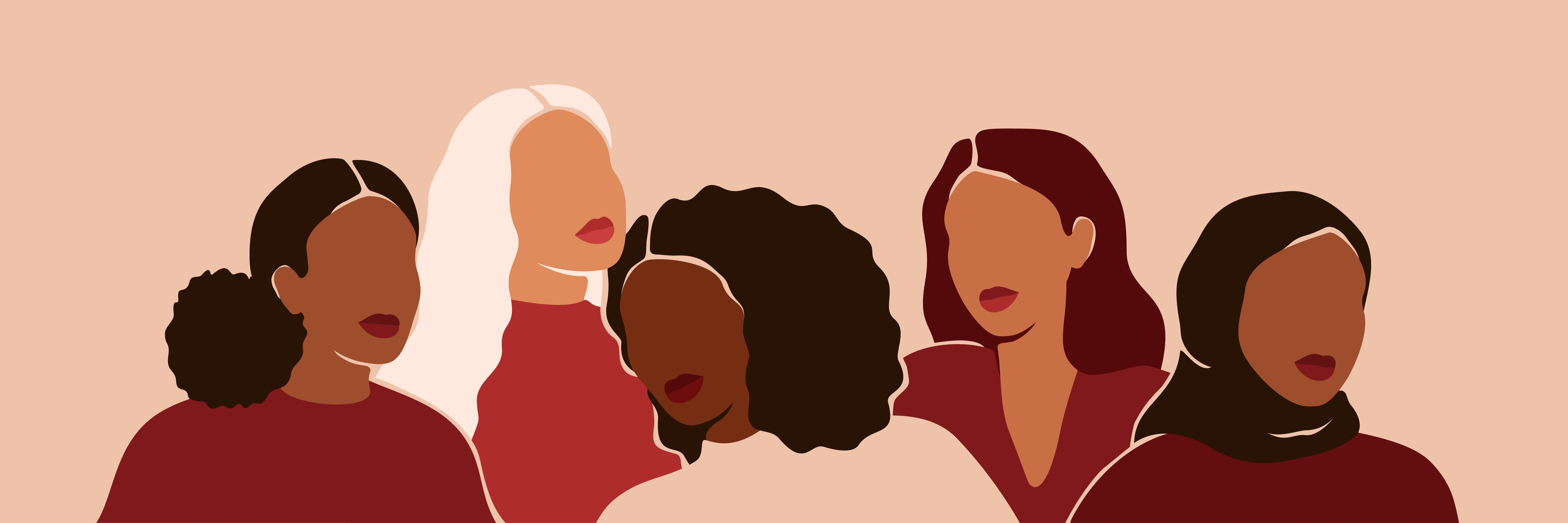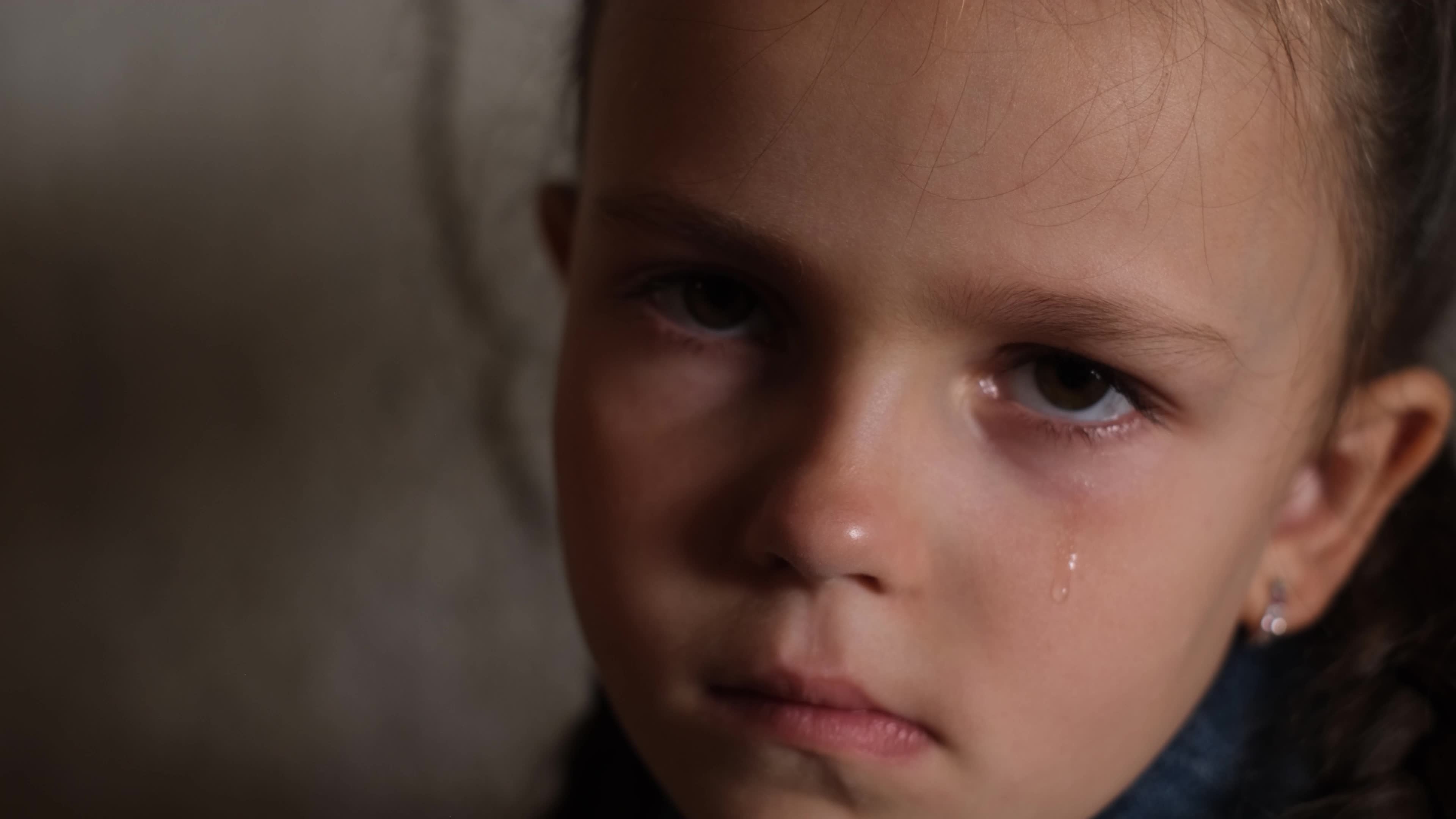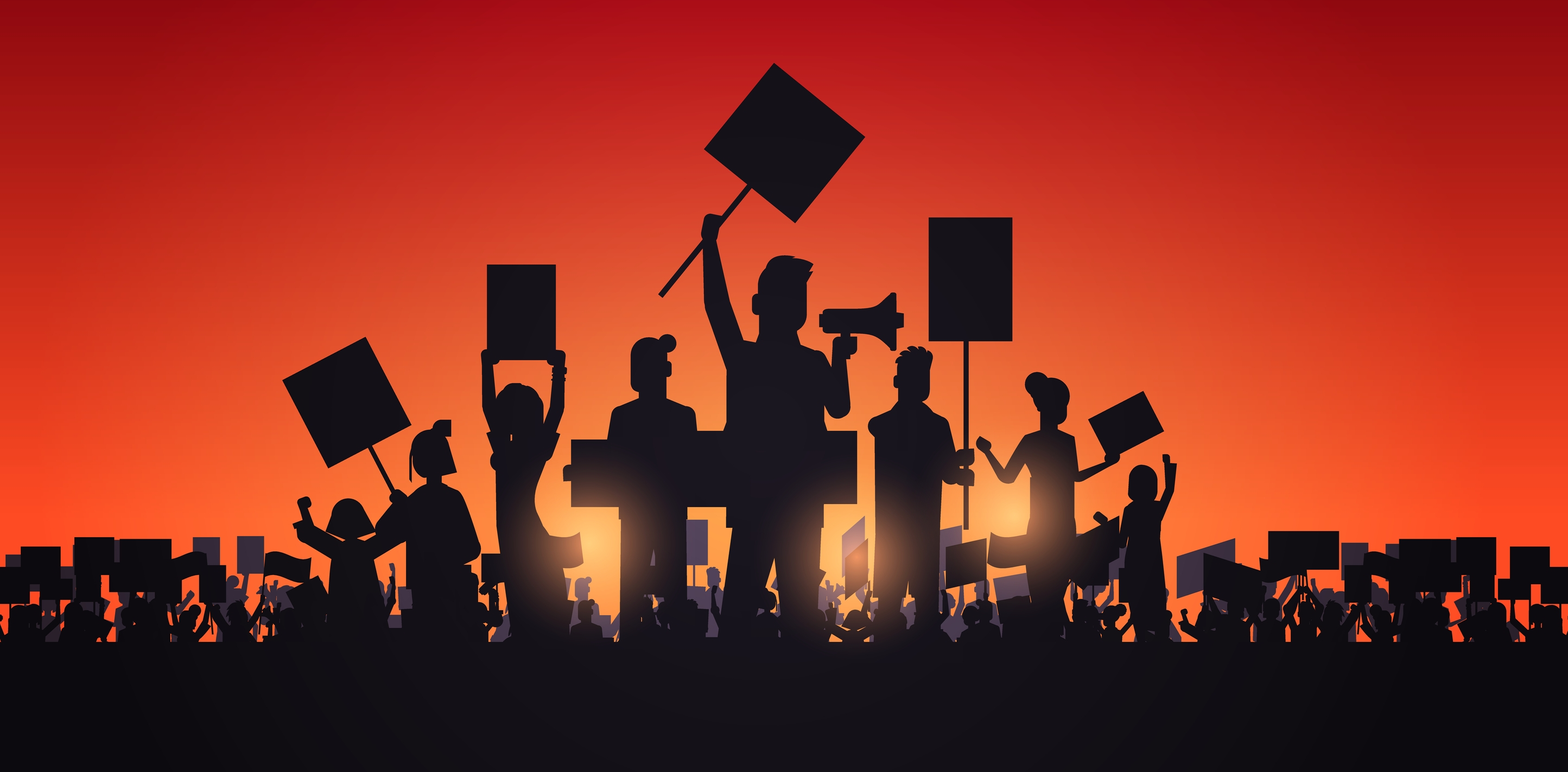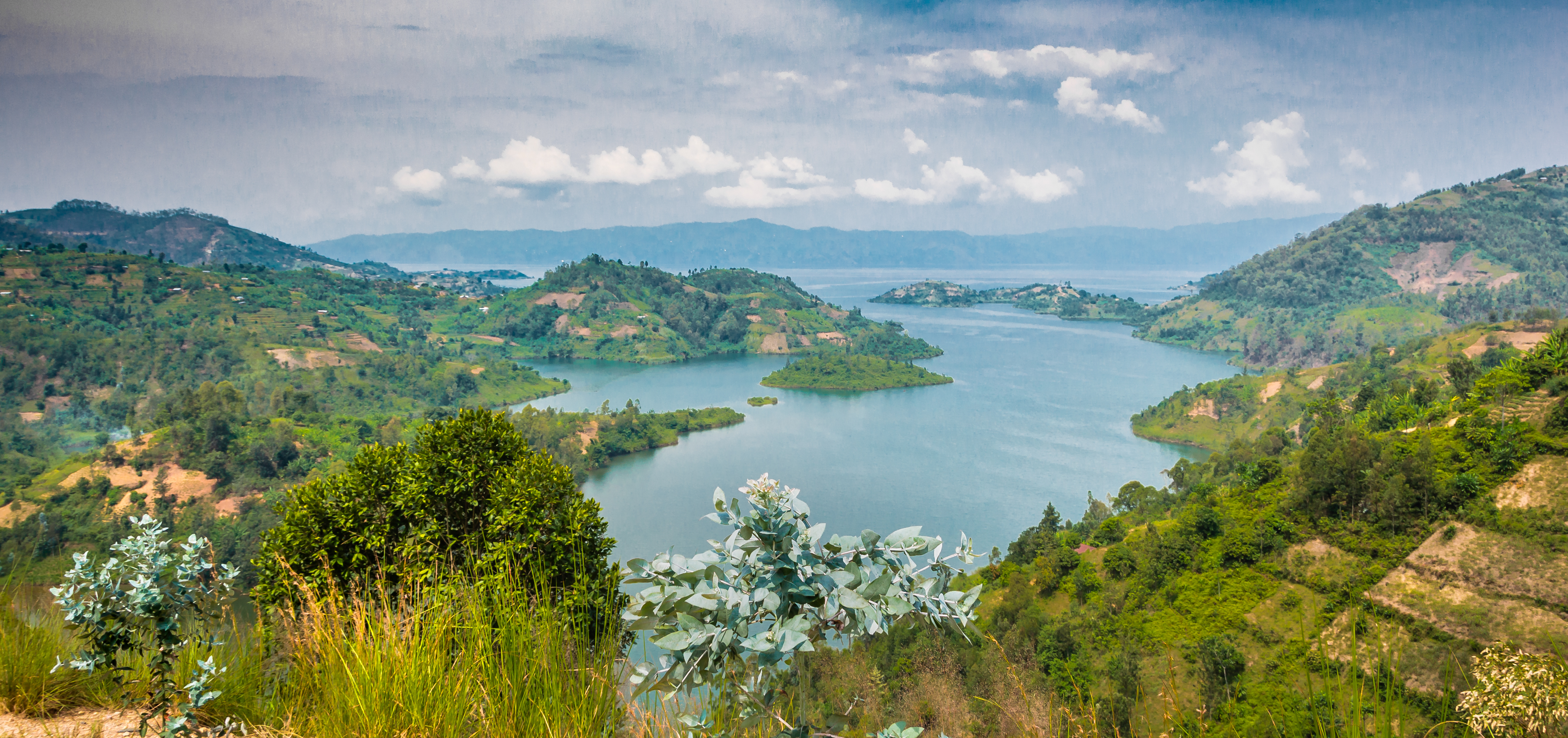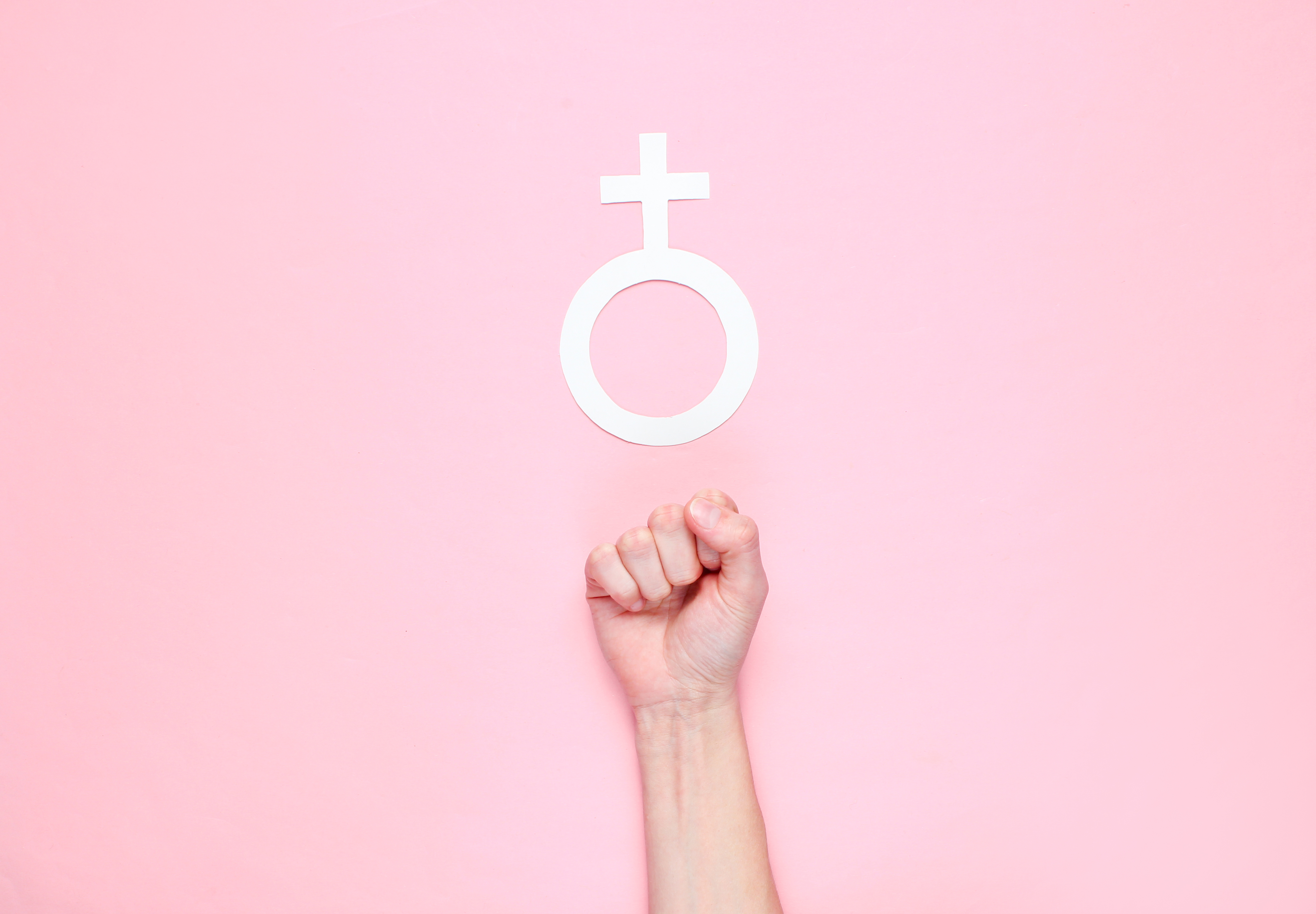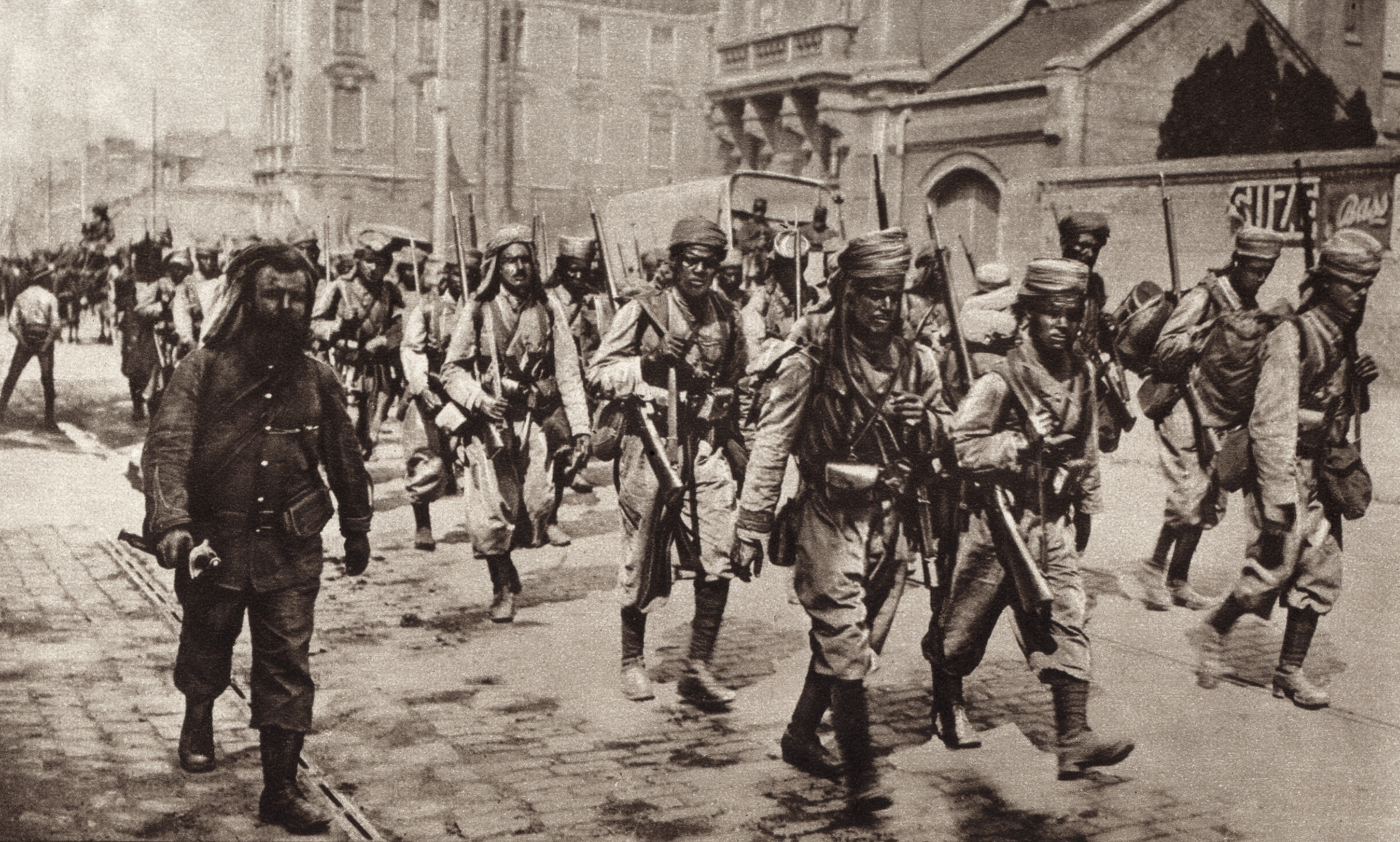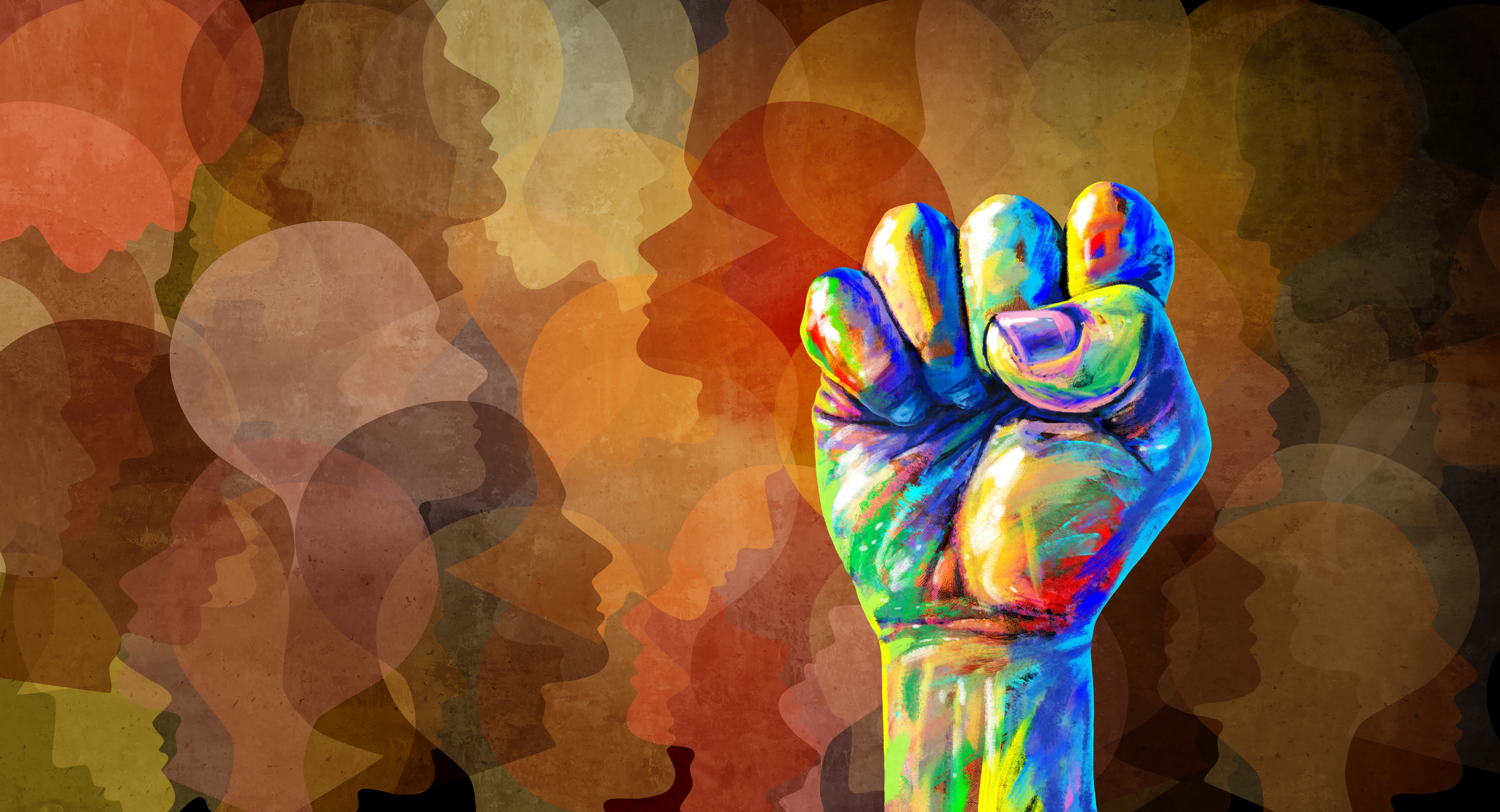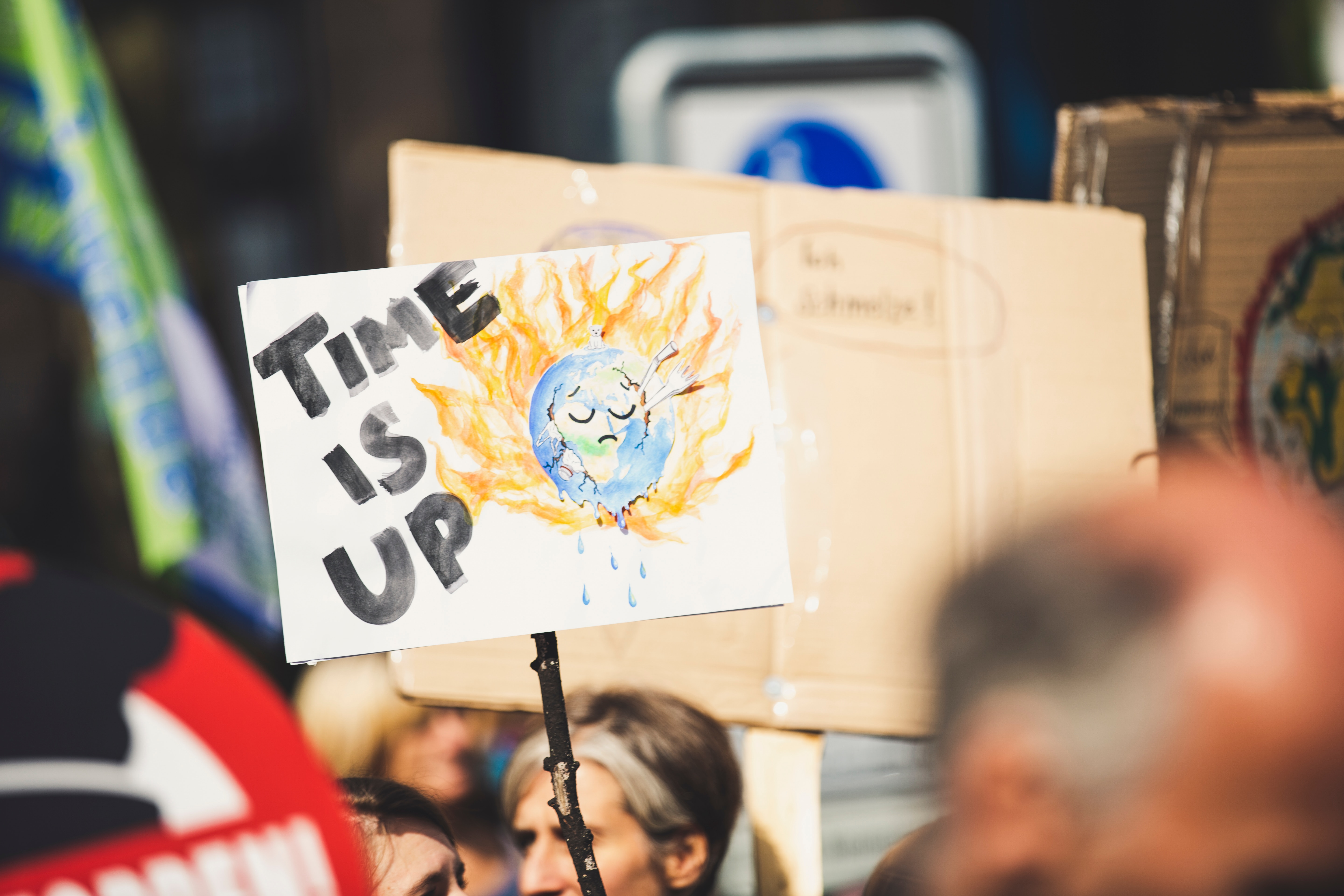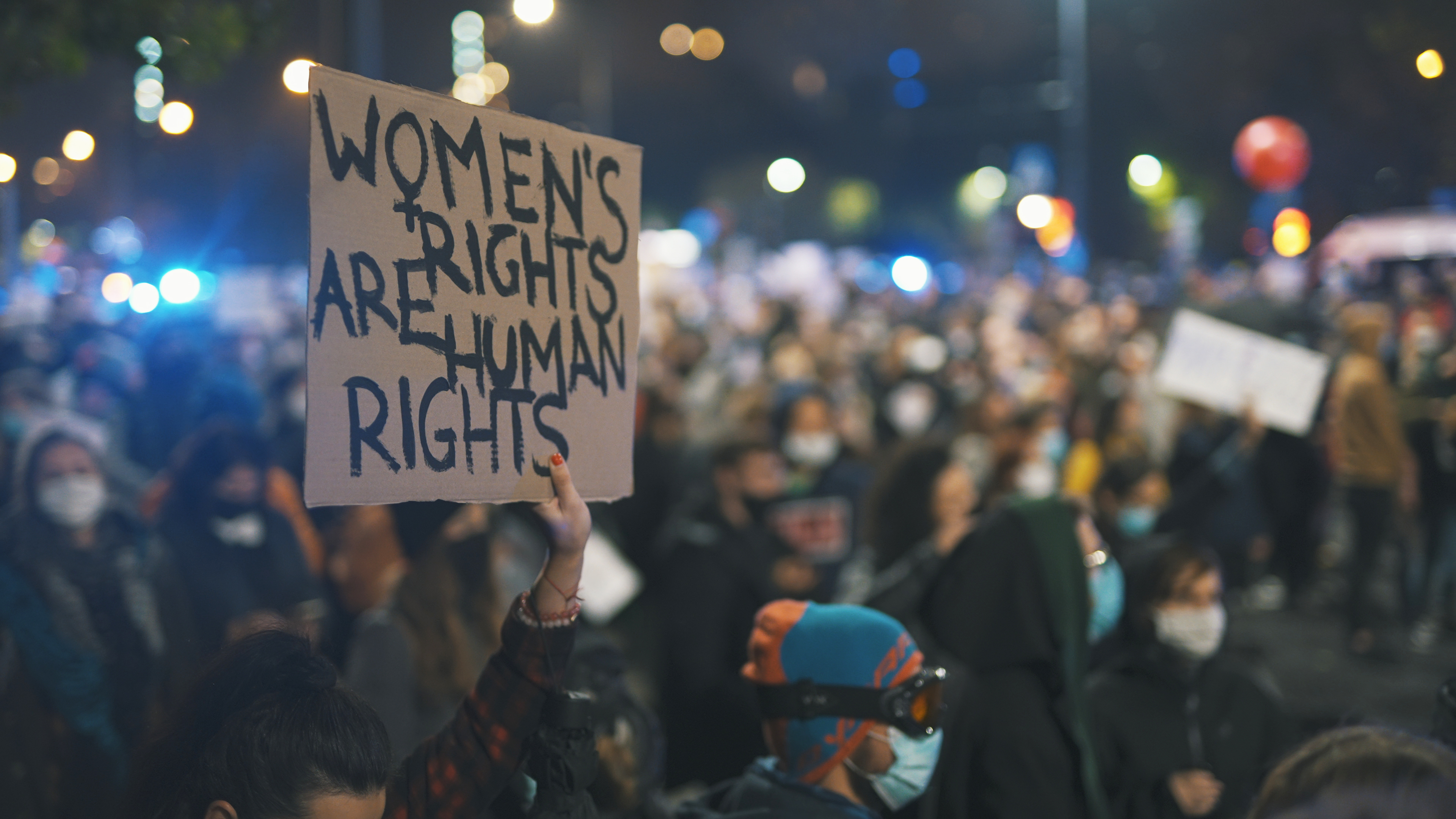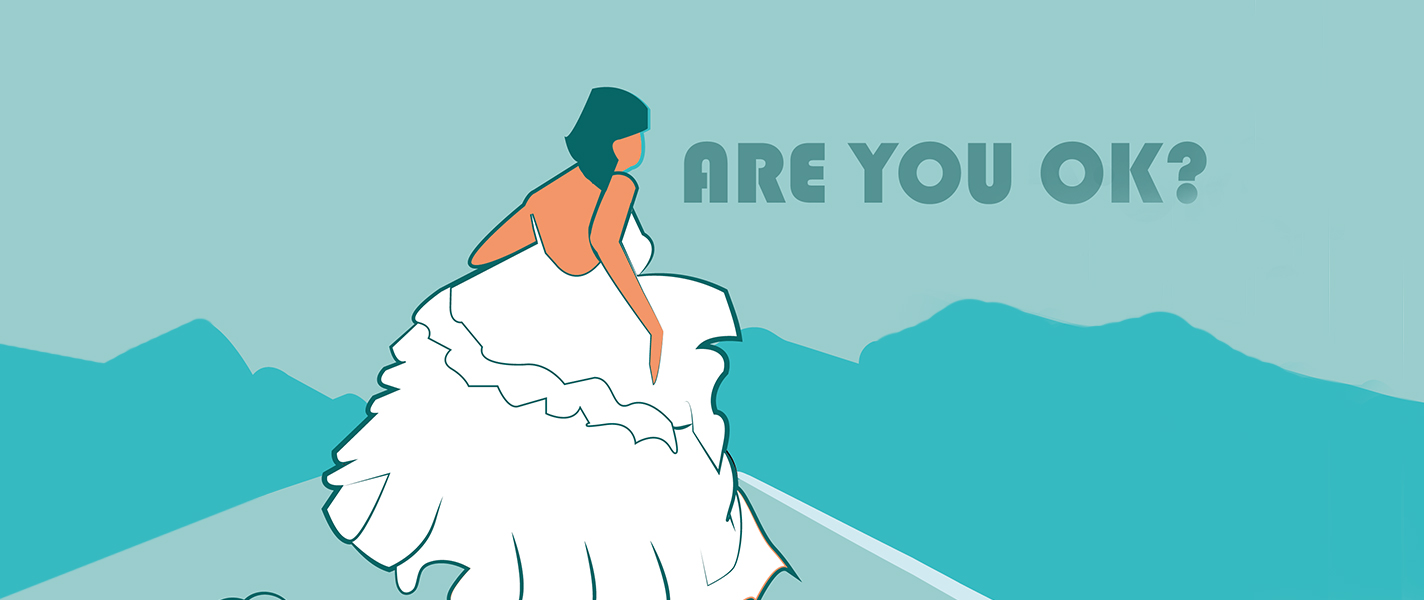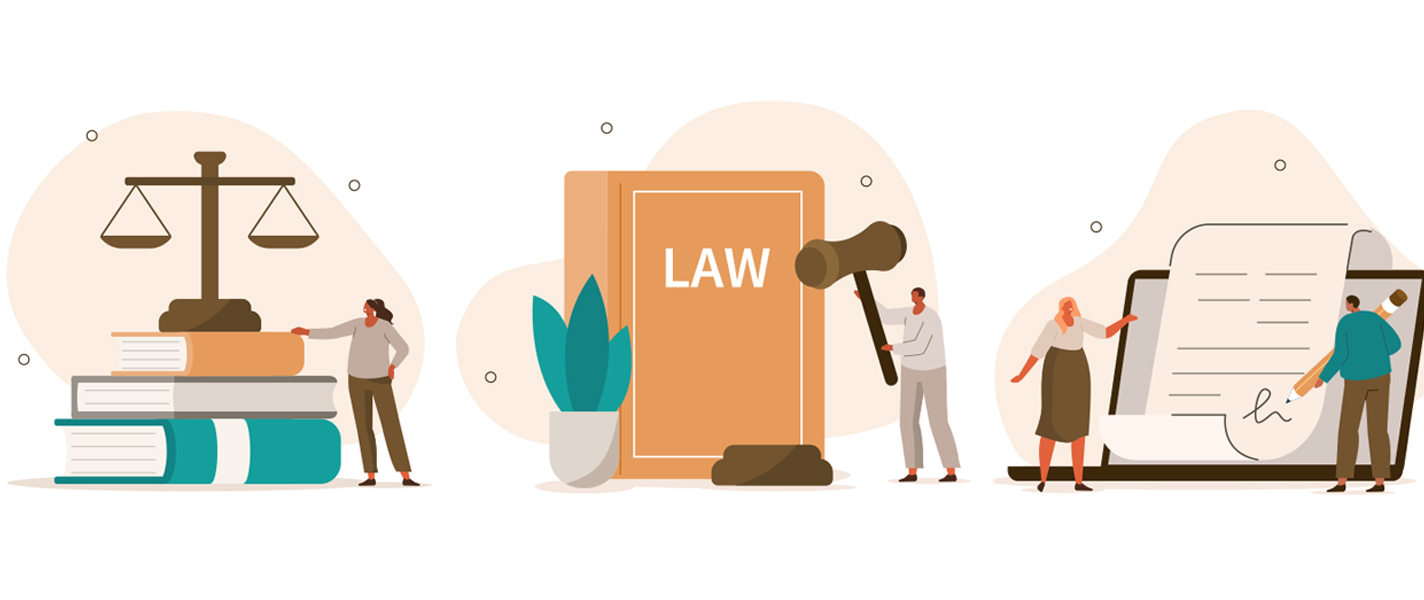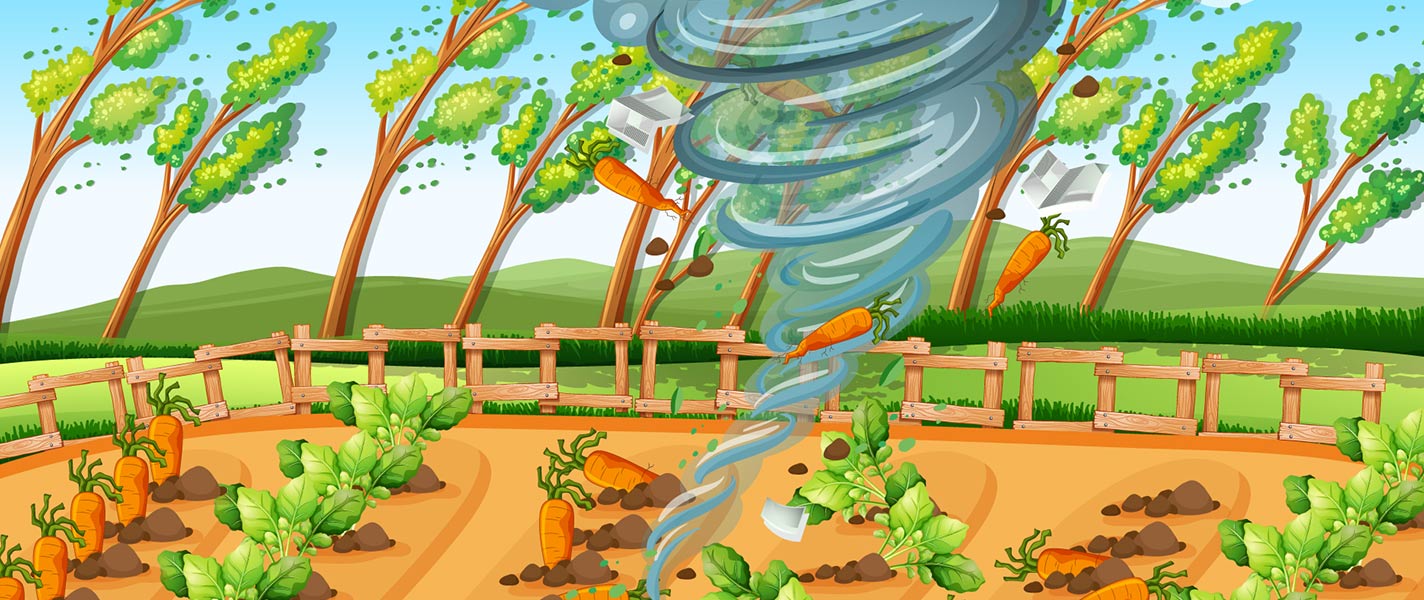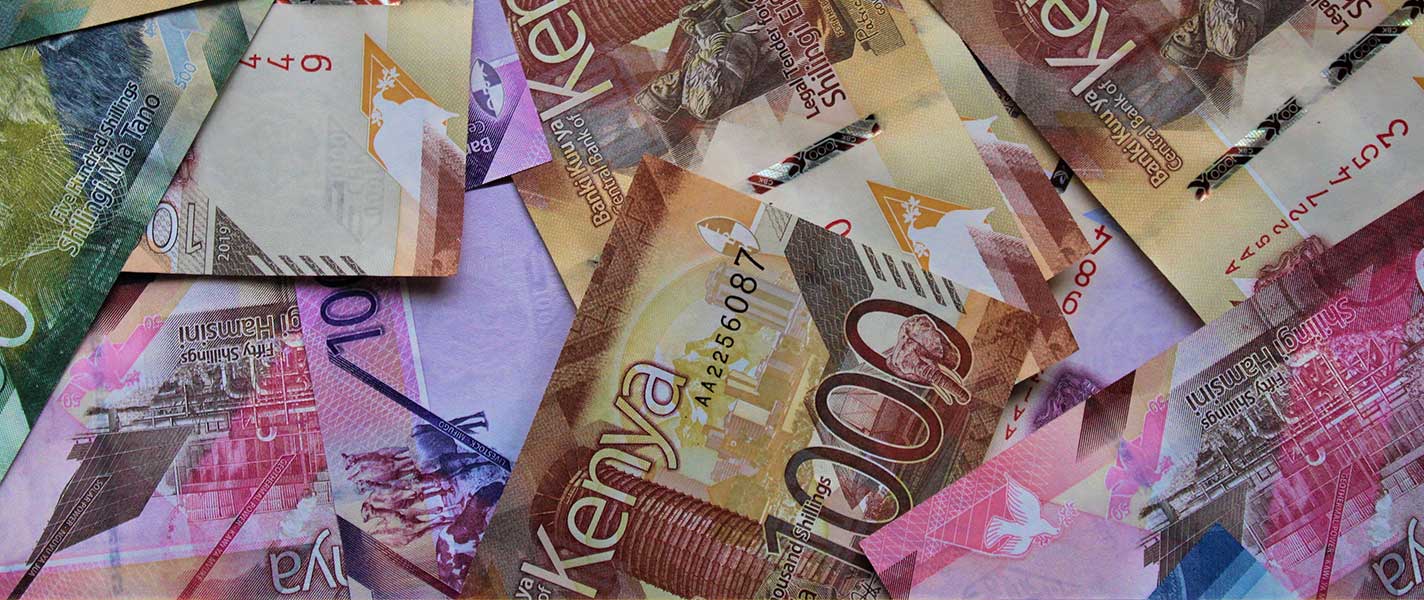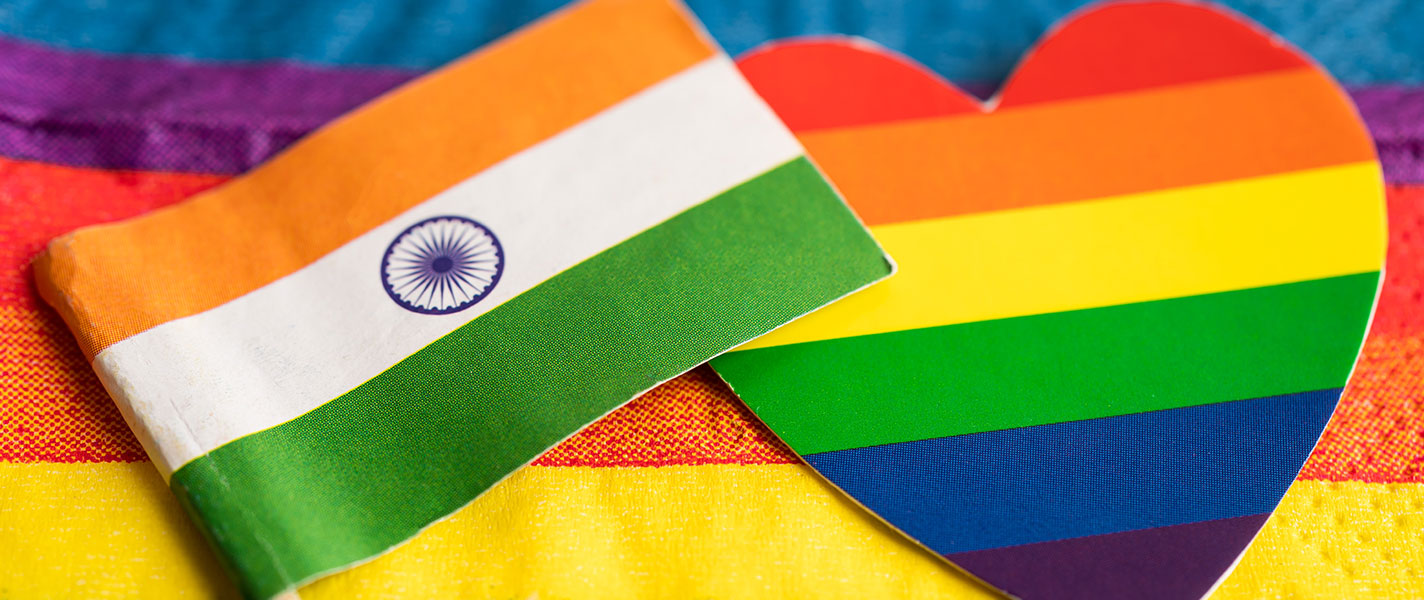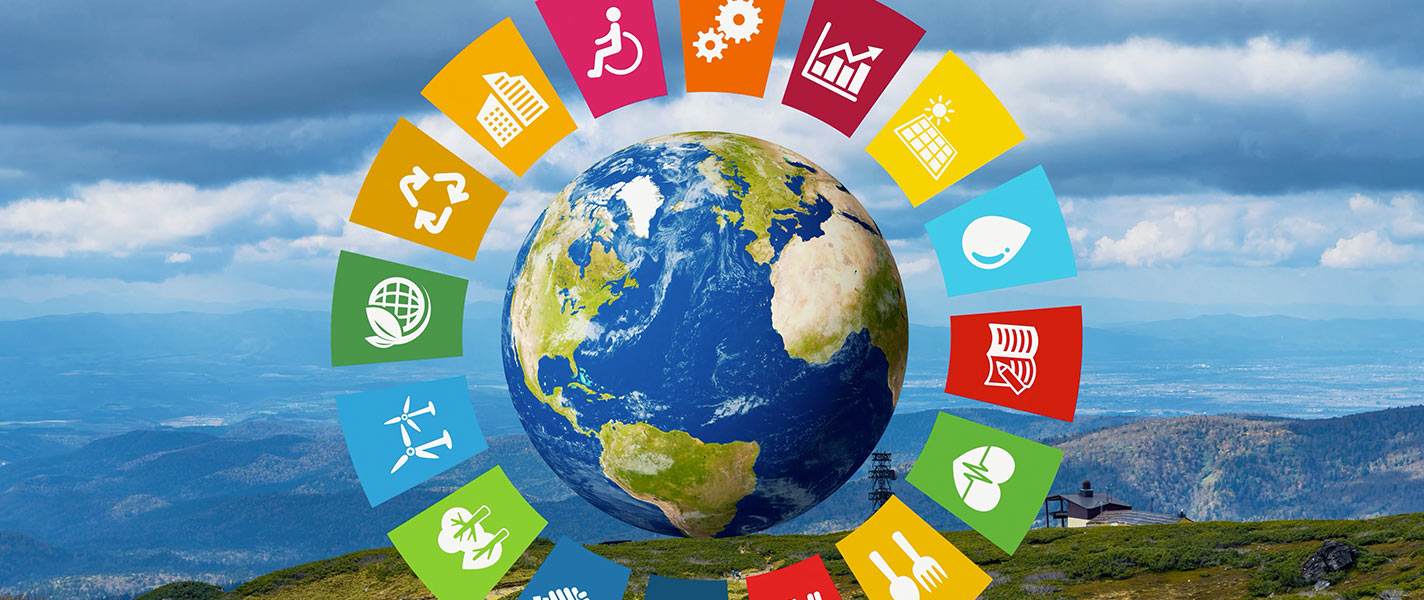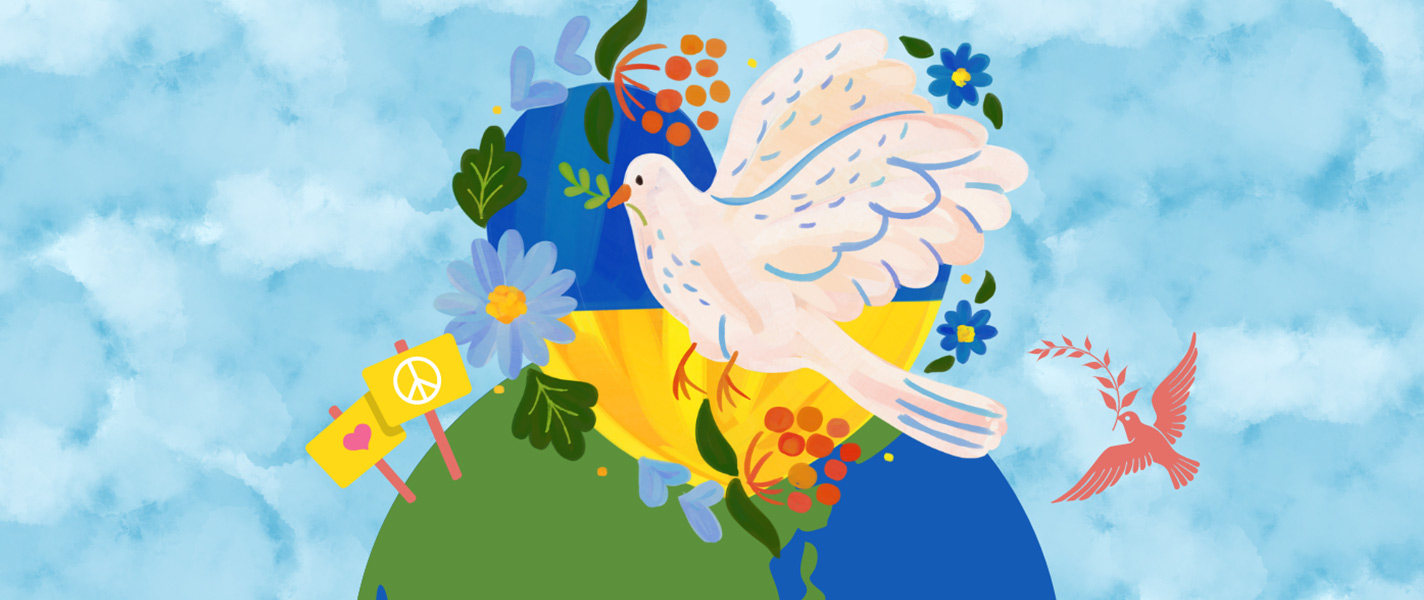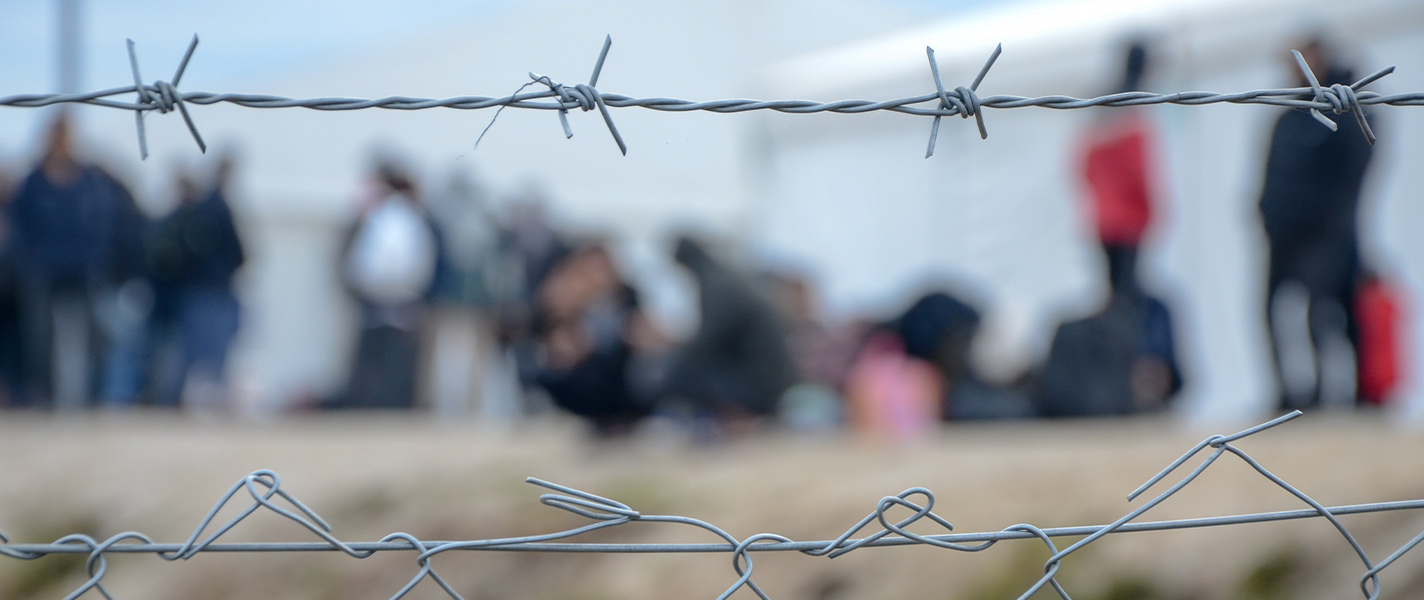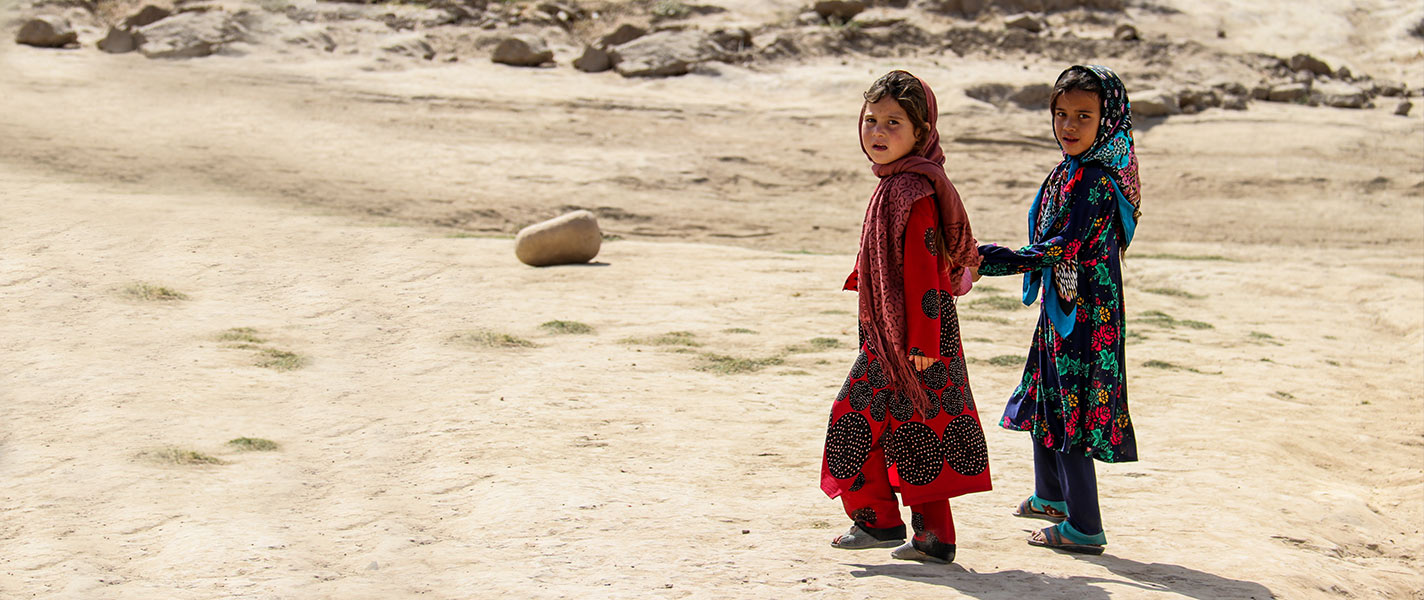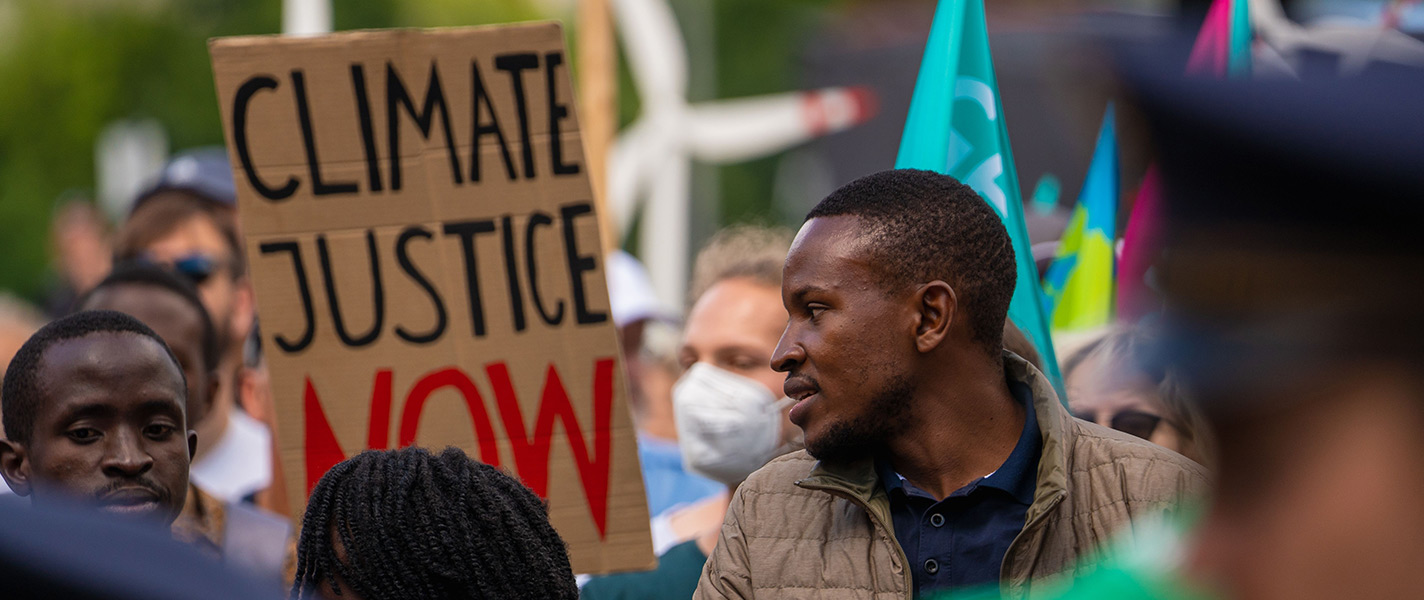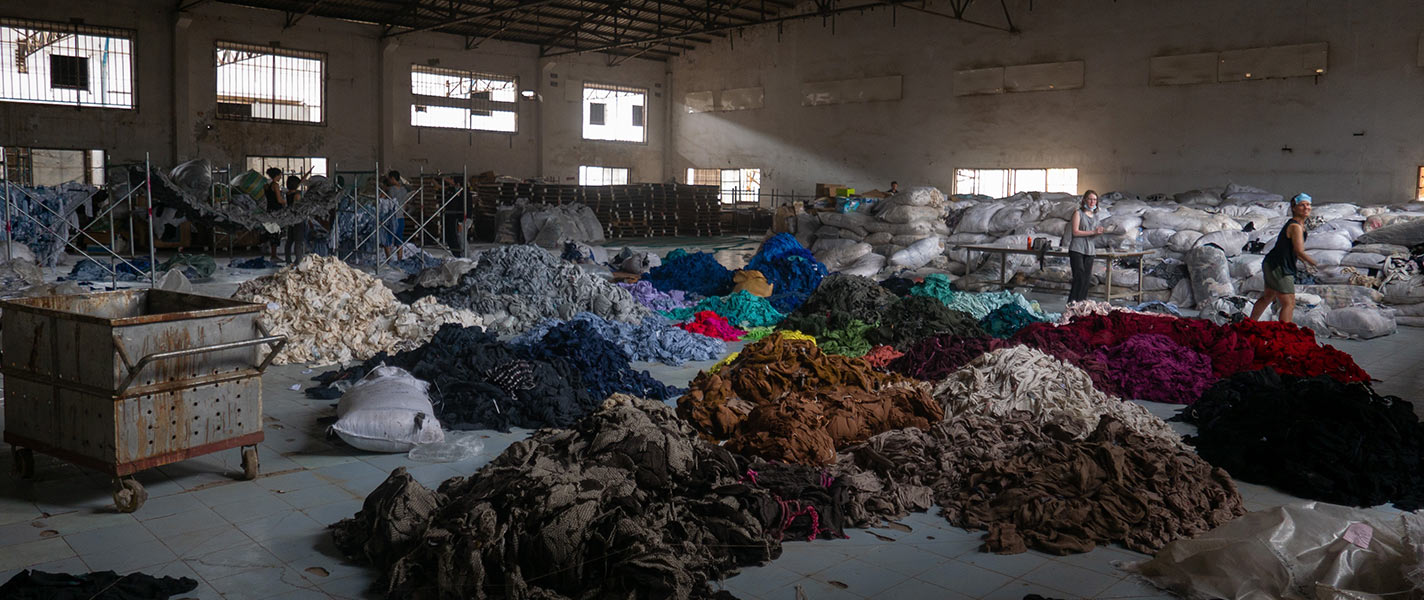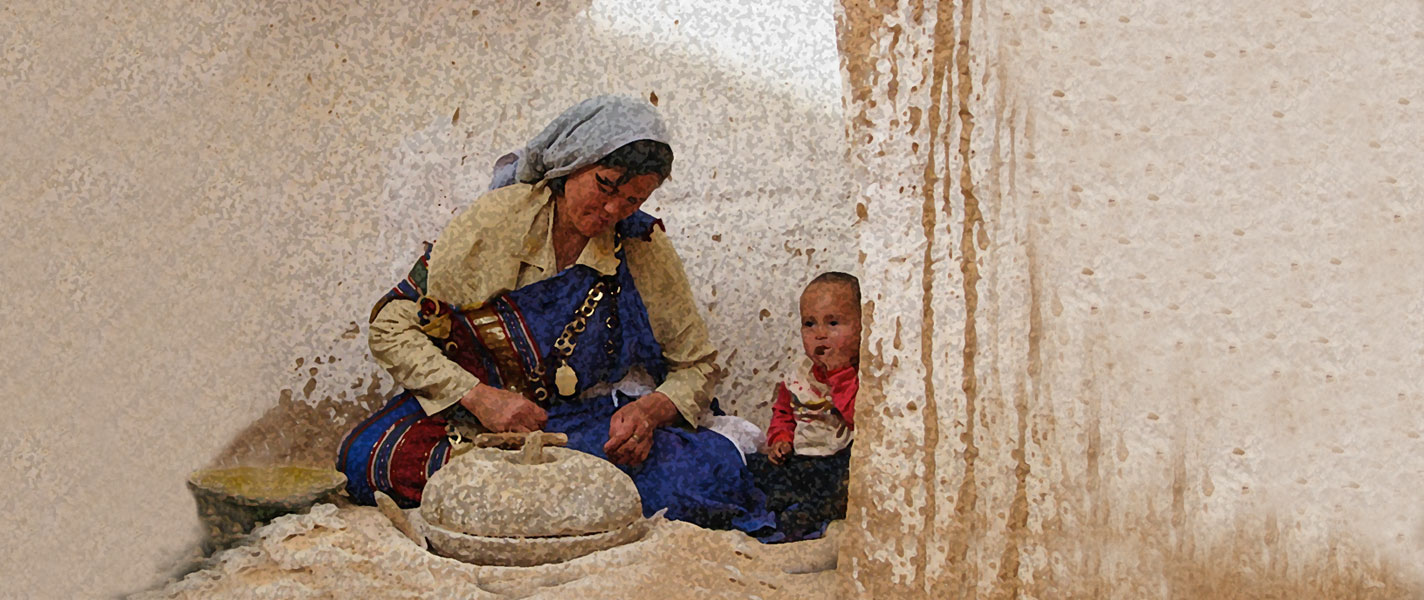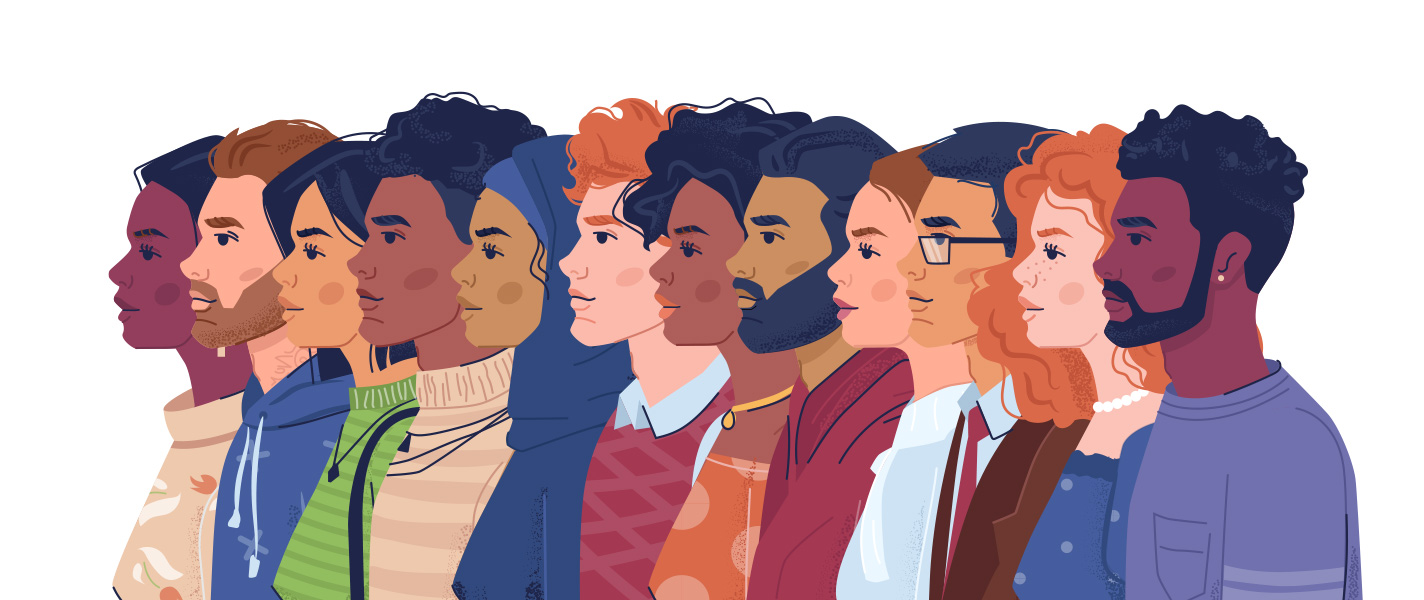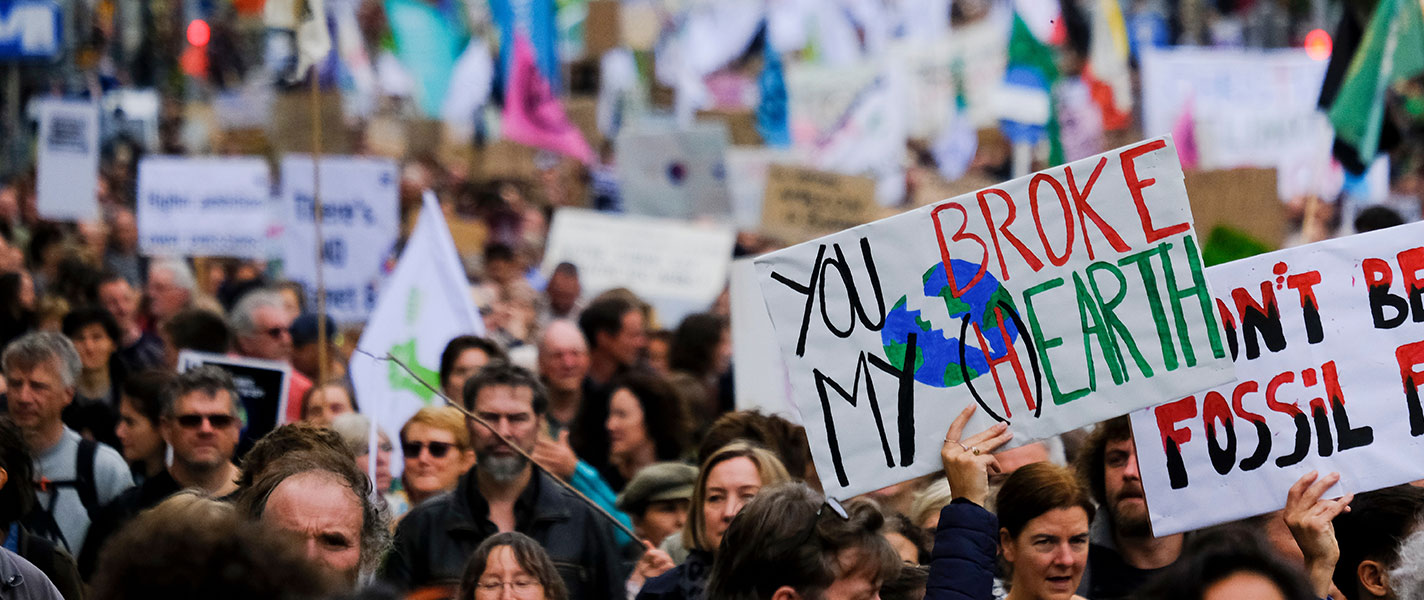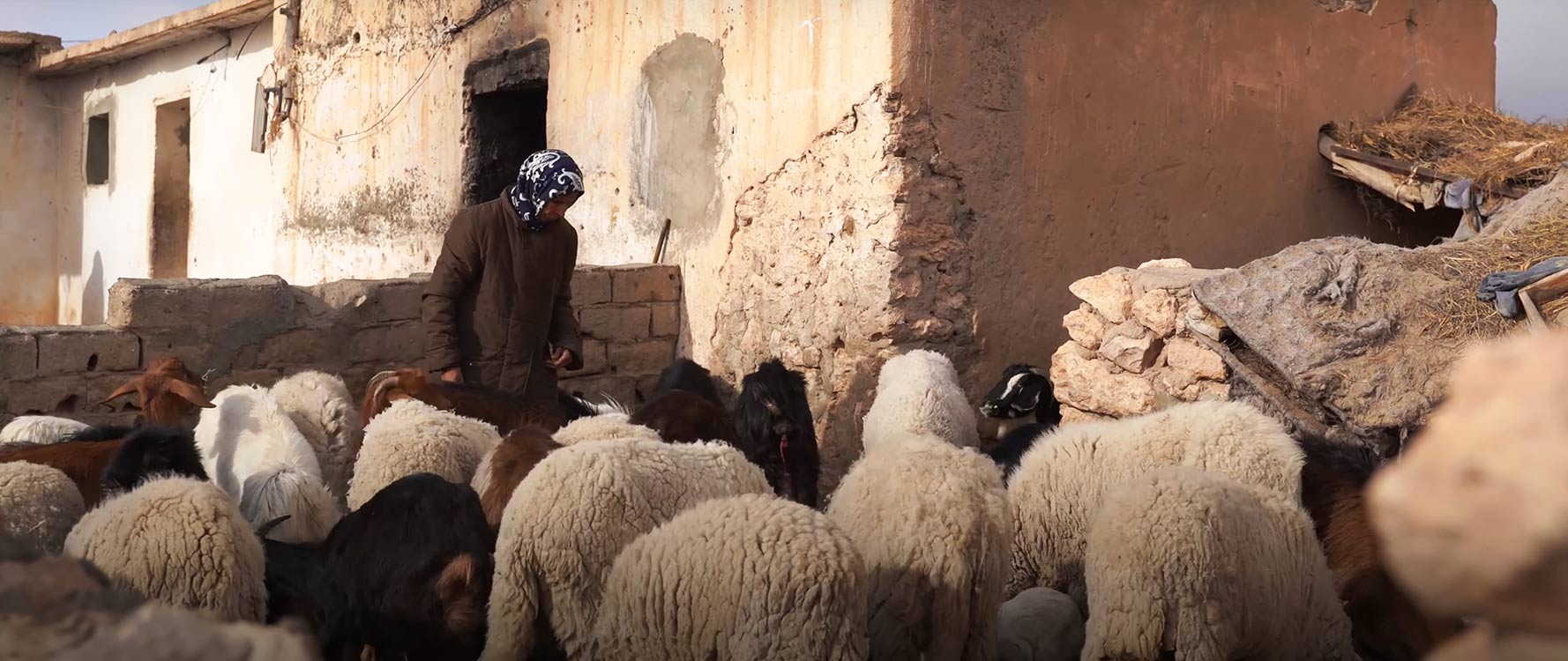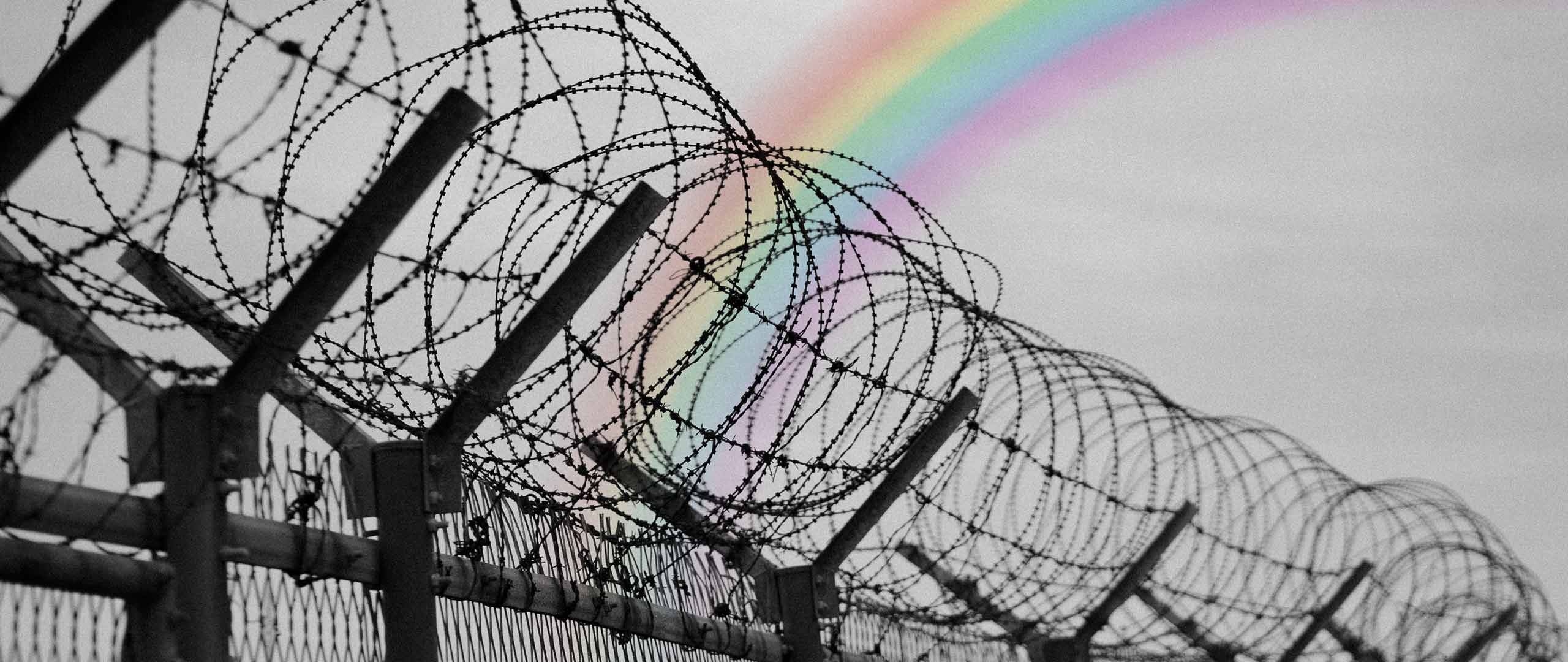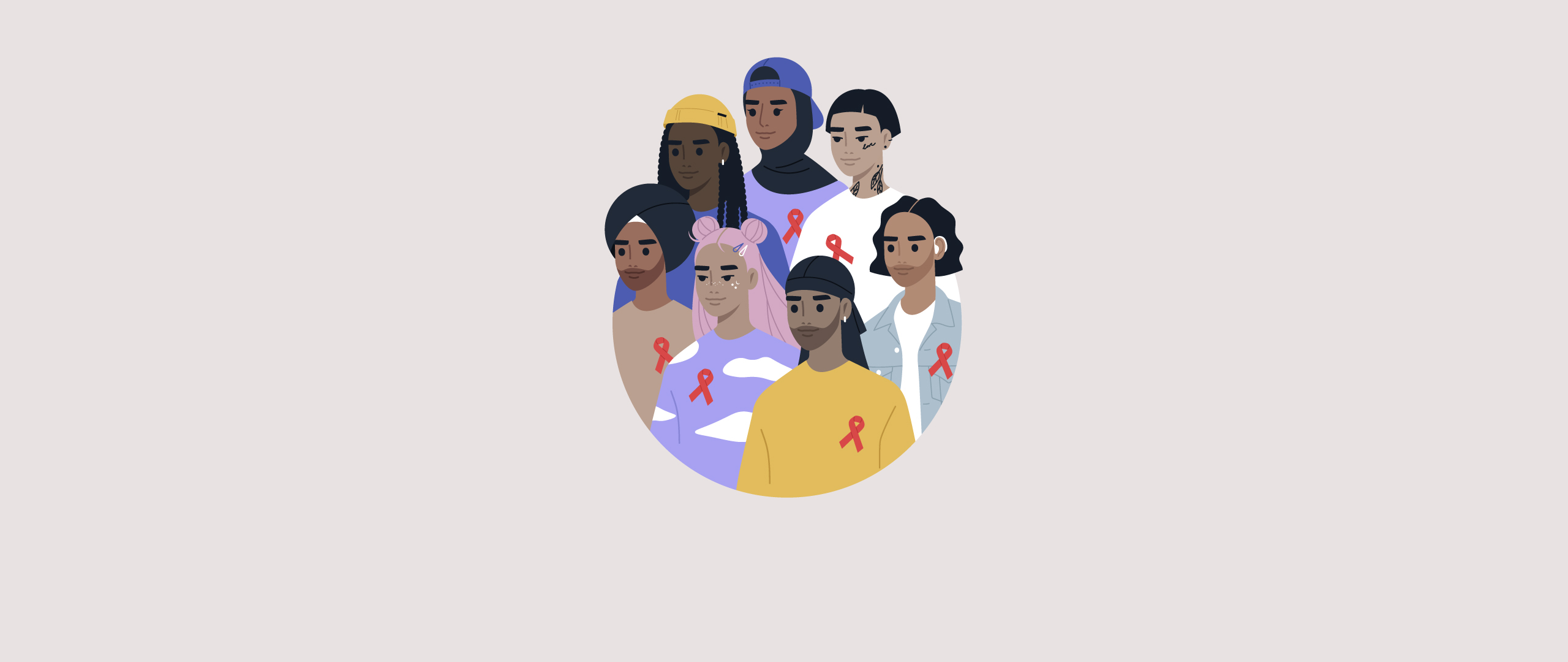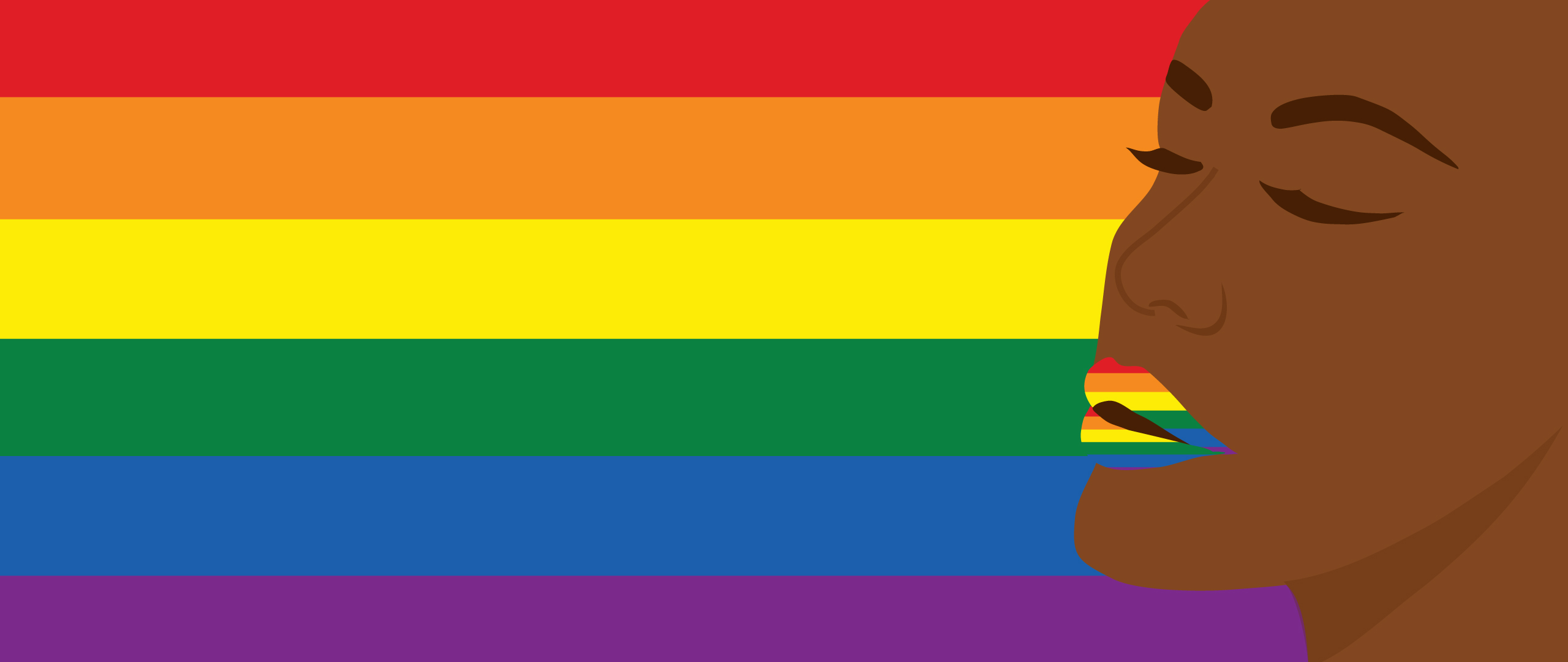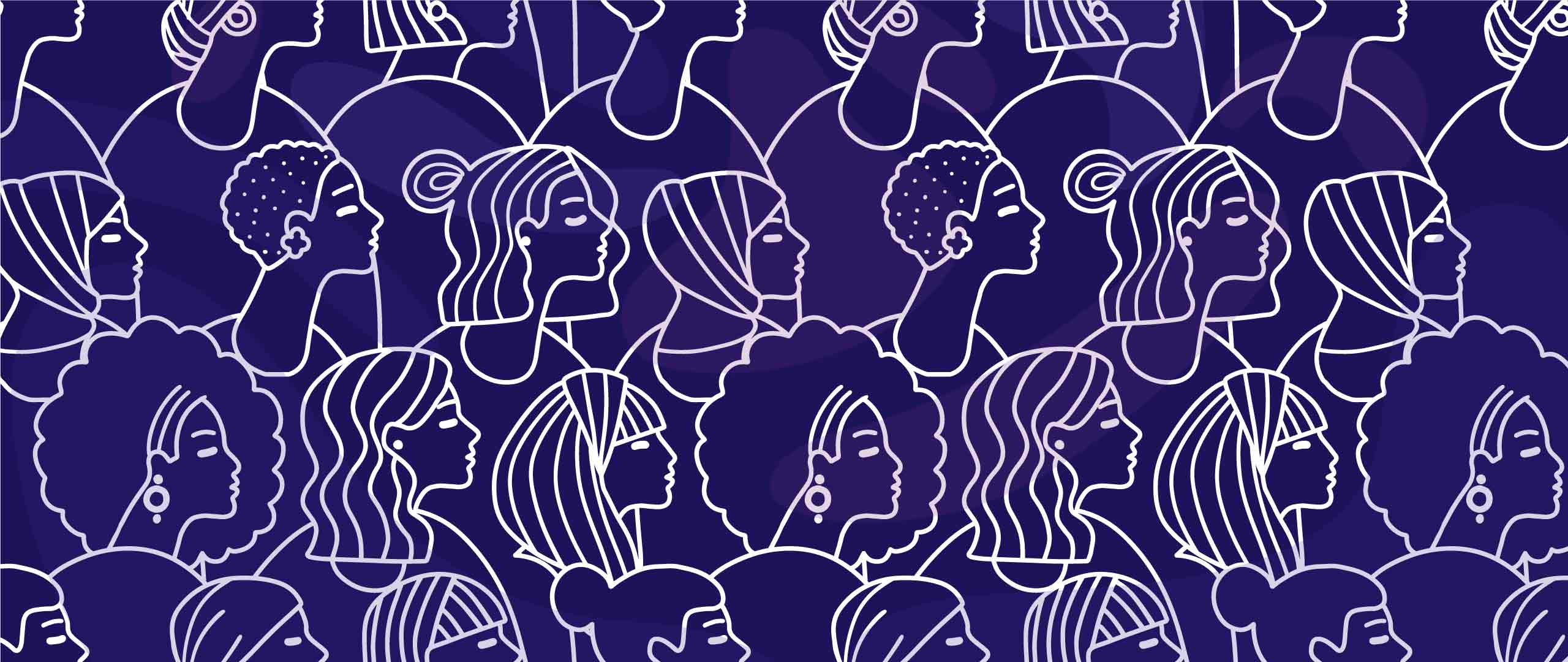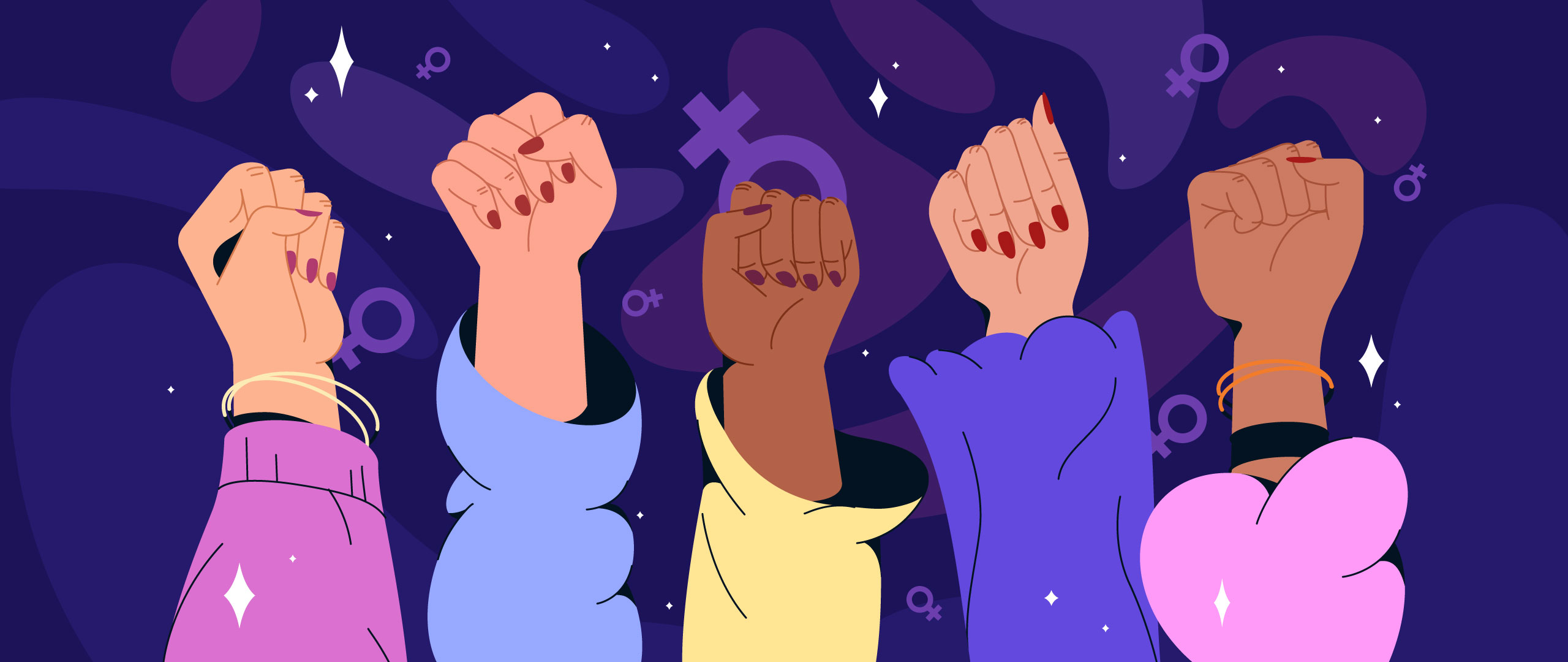Does Climate Feminism Make a Difference?
While significant progress has been made on climate justice; more needs to be done to salvage the lives of people who are the most affected by it.
The climate crisis is a complex issue as it is inextricably connected to different socio-economic issues, politics, oppression, and marginalization. It deeply impacts the lives of the most vulnerable populations, especially those most dependent on natural resources for their livelihoods. In order to explore this gripping dynamic, for its ninth edition of the WOMENTUM Digital Saloon, LEED Initiative chose to shed light on the disproportionate impact of climate change on women and girls and how intersectional feminism and environmentalism go hand in hand.
Léa Weimann, a German eco-activist and poet initiated the conversation on climate change and feminism, citing a poem from her poetry book “Dear Earth” which merges art and activism to inspire change for our future. Looking at climate change through a feminist lens, all of our guest speakers concluded that gender oppression is strongly tied to the climate crisis, especially when looking at women of color, indigenous women, and those living in the Global South. For instance, Diana Ishaqat, a Jordanian development practitioner, pointed out that climate change has threatened multiple countries in the Middle East region, especially women living in conflict zones and refugee camps as they are losing access to water, food, and electricity because of rising temperatures and record low rainfall.
Indeed, due to unjust socioeconomic structures and unequal access to rights and resources, these women and girls are disproportionately impacted by climate change. The latter imposes a threat to their livelihoods and food security, especially for those who rely on agriculture and farming to live. According to Food and Agriculture Organization (FAO), women carry more responsibility for producing household food supply and account for a majority of the agricultural workforce in developing countries. Hence, they are the most affected by climate change and natural disasters.
Furthermore, in developing countries, only about 10-20% of women working in agriculture have land rights. This creates several barriers as they have the least power and capacity to respond to climate disasters. It further limits women’s access to loans and resources that may assist them in reducing the vulnerability of their crops to drought or adopting more sustainable farming practices that reduce environmental degradation. Thereby, women and girls find themselves at higher risks and greater burdens from the repercussions of climate change, especially those living below the poverty line. Based on recent data shared by UN Women, studying poverty rates between males and females between the ages of 15 and 19, adolescent girls' situations are far worse than adolescent boys in East Asia and the Pacific, South Asia, Latin America, and the Caribbean. Globally, the gap in poverty rates by sex is particularly widest for women and men between the ages 25 and 34, with women counting at 10.4% and men 8.34% of those living below $1.90 per person per day. Add to that, the lack of data on the gendered impacts of climate change renders women and their needs invisible to policymakers and leads to gender-blind climate solutions. In this regard, Siouar Douss, a Tunisian feminist development professional, openly stated that we cannot achieve climate justice without also addressing the systemic inequalities that perpetuate gender-based violence, economic exploitation, and environmental degradation.
A Feminist Approach to Climate Justice
Women's lack of representation in decision-making positions heightens inequalities and often leaves women out of climate talks and policy-making. Here, a gender perspective is crucial to tackling climate catastrophe and creating a new effective model for fighting this crisis. In the last decade, more women have been actively raising their voices and amplifying the voices of the marginalized communities victims of climate change. Research has shown that women’s leadership and equal participation result in better outcomes for climate policy, reducing emissions, and protecting land. More significantly, women’s participation at a political level has resulted in greater responsiveness to citizens’ needs, often increasing cooperation across party and ethnic lines and delivering more sustainable peace.
In addition, most of nowadays most prominent climate leaders and advocates are women. On an international level, we have Christiana Figueres, as the head of the United Nations Framework Convention on Climate Change. She was the powerhouse behind the historic 2015 Paris Climate Agreement, in its preamble she called out the need to empower women in climate decision-making. On the other hand, the Swedish activist Greta Thunberg was the youth leader of the powerful Fridays for Future, a movement that transformed the climate scene and inspired young changemakers around the world. Our guest speaker Maria Serra co-funded Fridays for Future in Barcelona in 2019, calling for giving spaces to youth in important climate talks. Female government officials are also advocating for climate action. In New Zealand, prime minister Jacinda Ardern recently declared a climate change emergency and committed her country to go carbon-neutral by 2025. They are at the forefront of climate action. However, their role as agents of change continues to be underutilized as they remain underrepresented in crucial decision-making roles at local, national, and global levels.
In conclusion, women around the globe are disproportionately affected by climate change impacts. Even though they have a critical role in combatting climate change, they need to be better represented at all levels of decision-making. Thereby, empowering women will always be a significant factor in meeting the climate challenge.
The article represents the views of its writer and not that of LEED Initiative.
